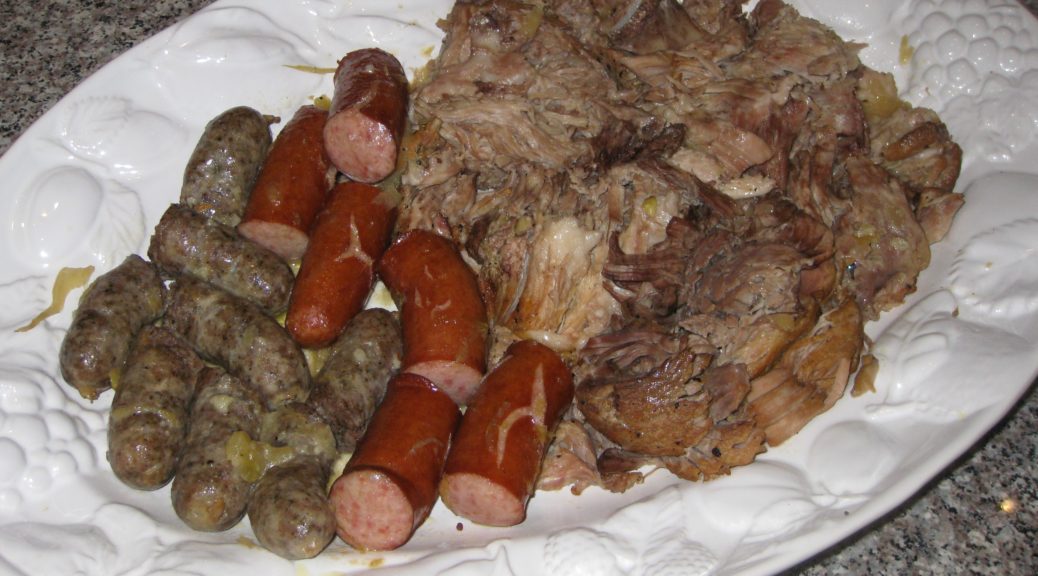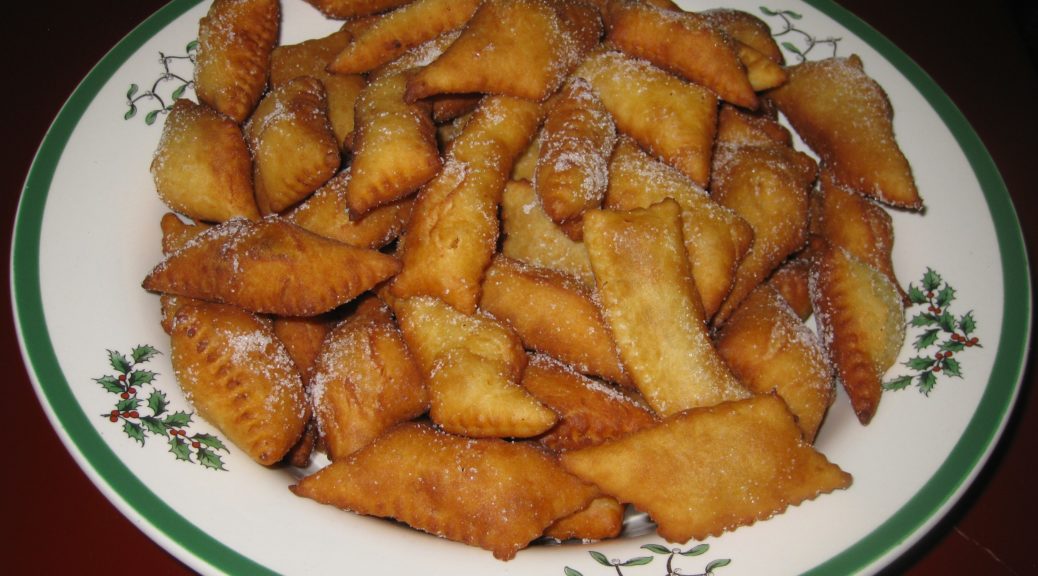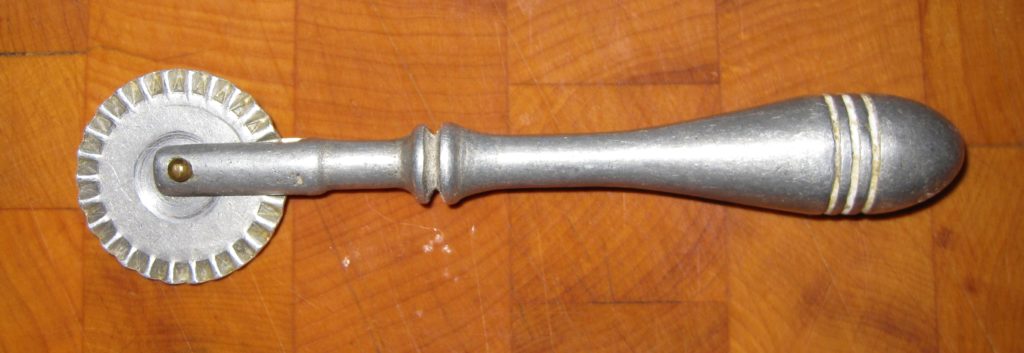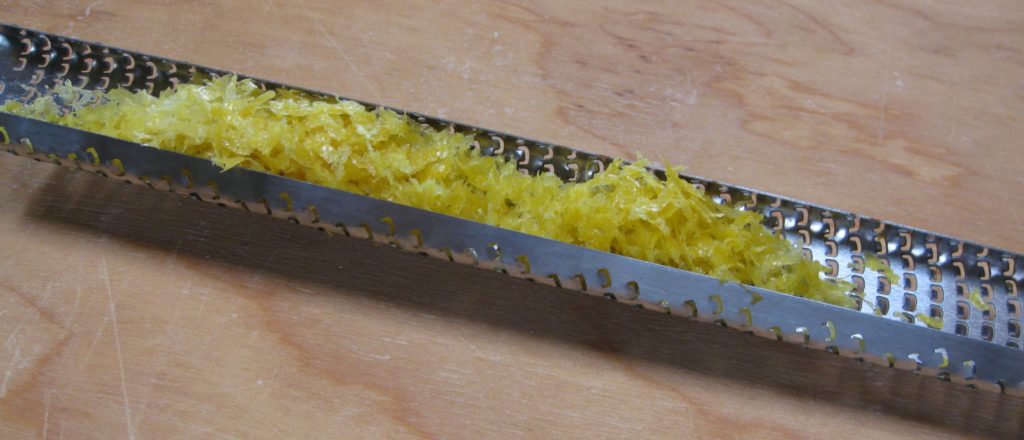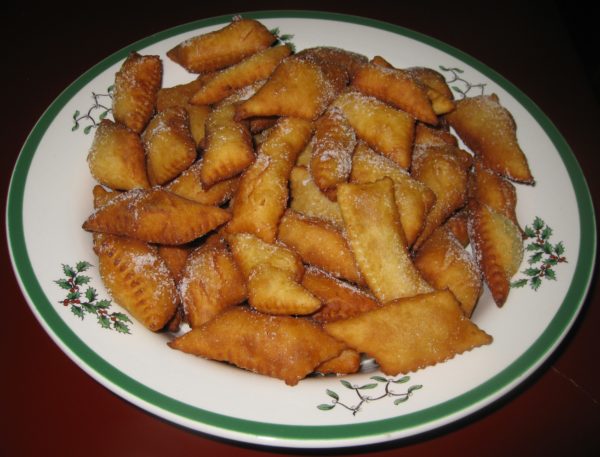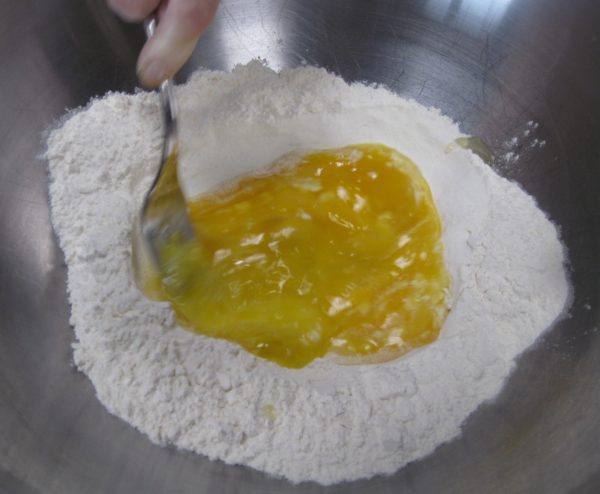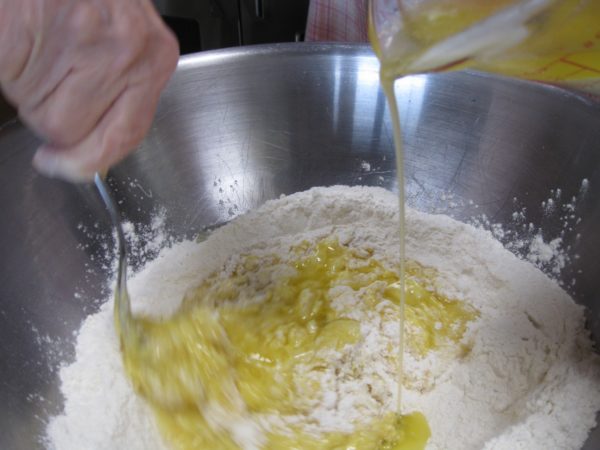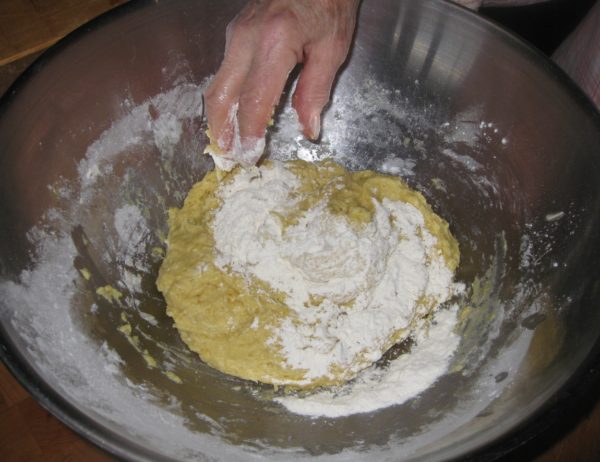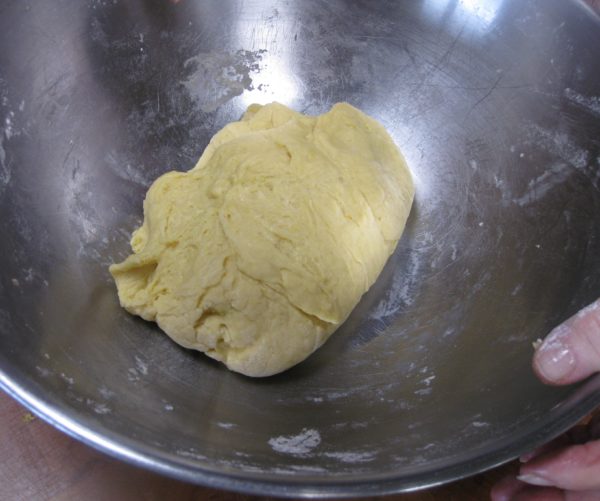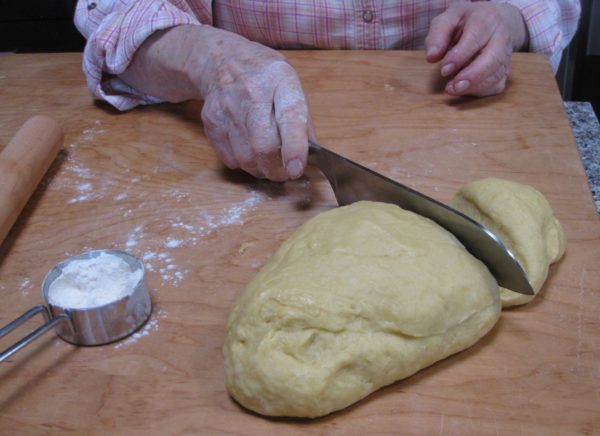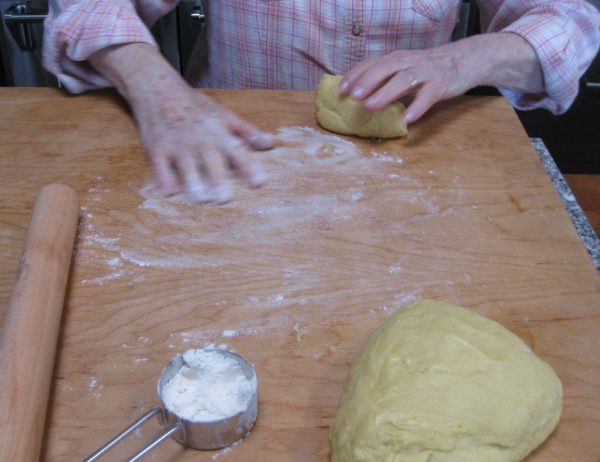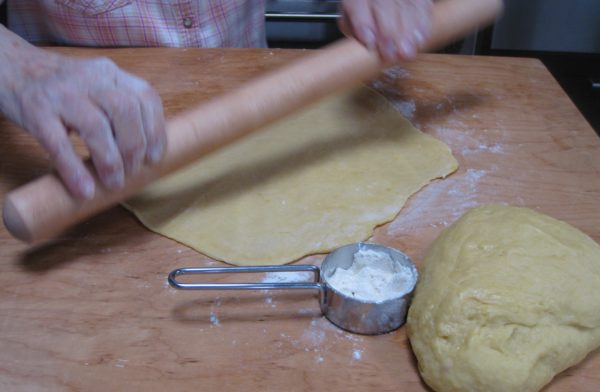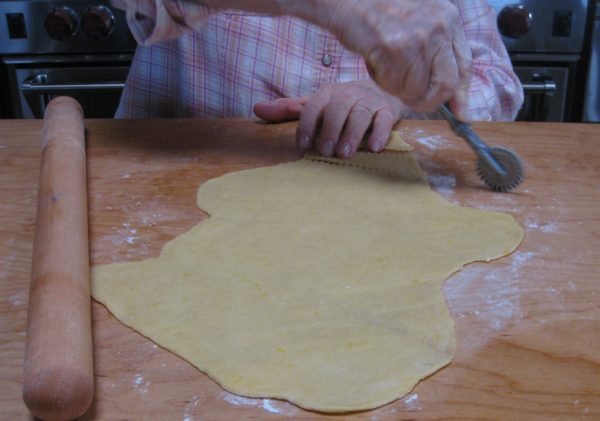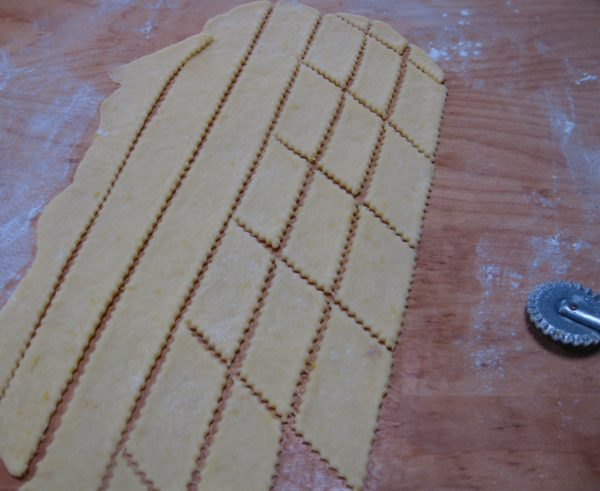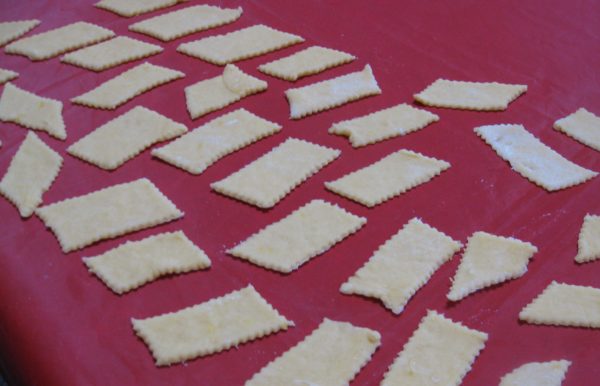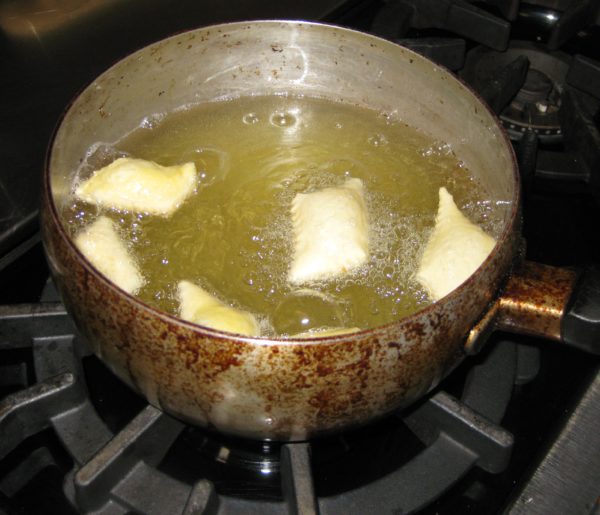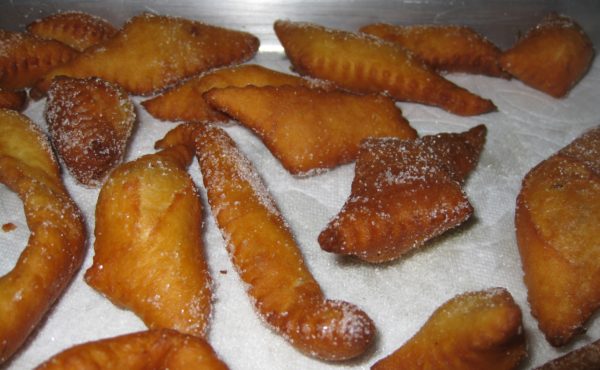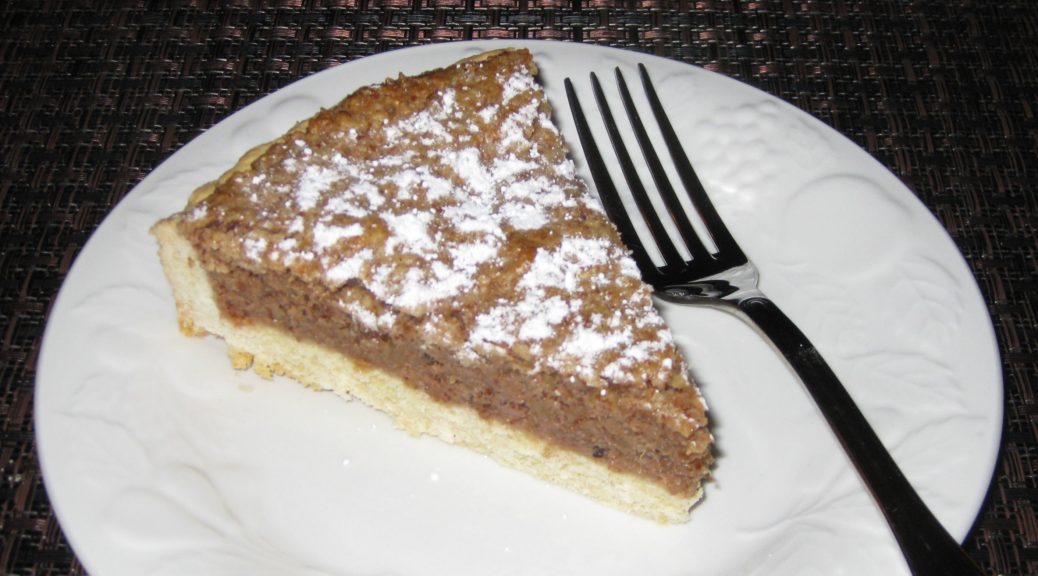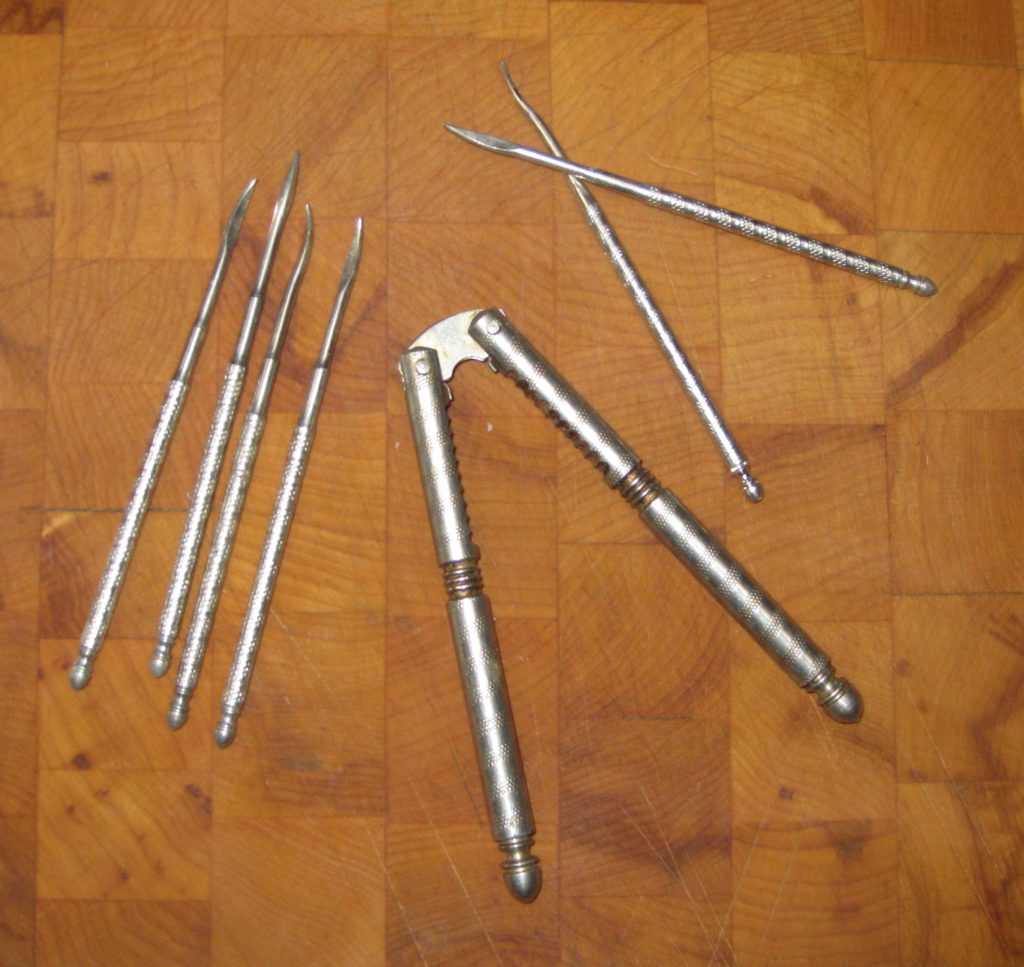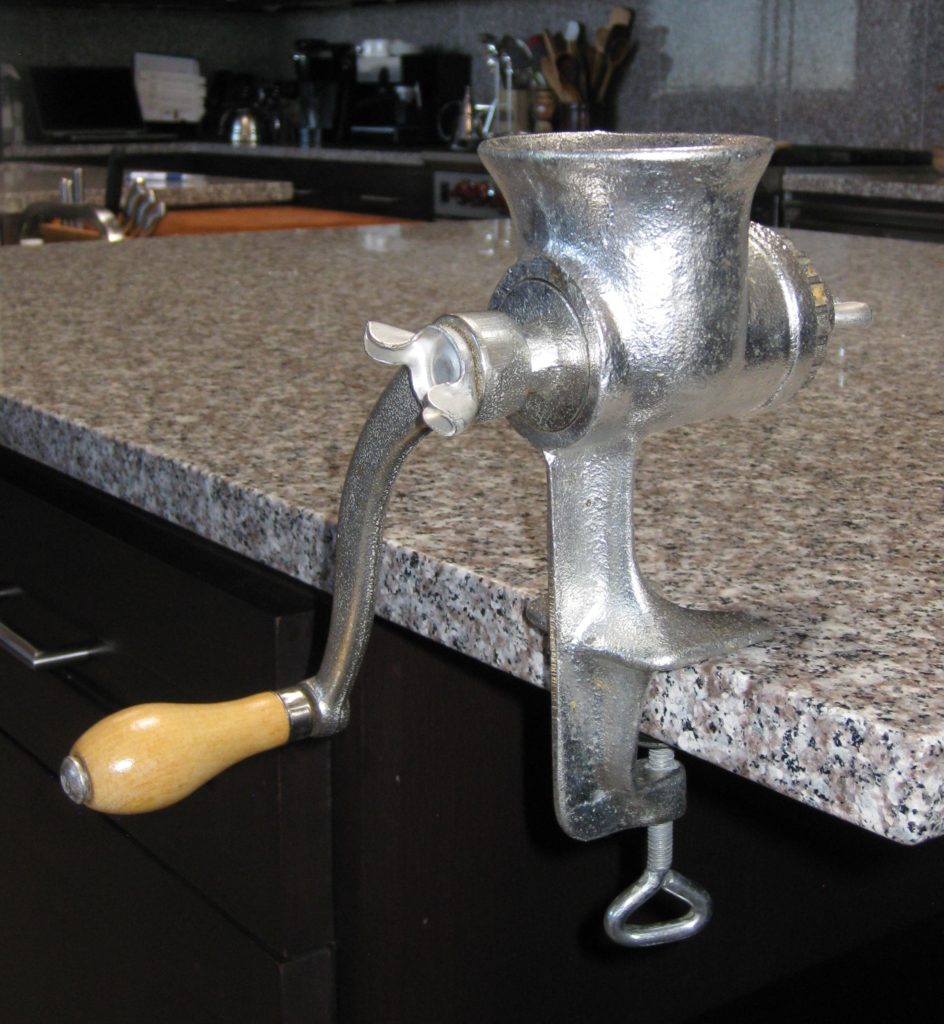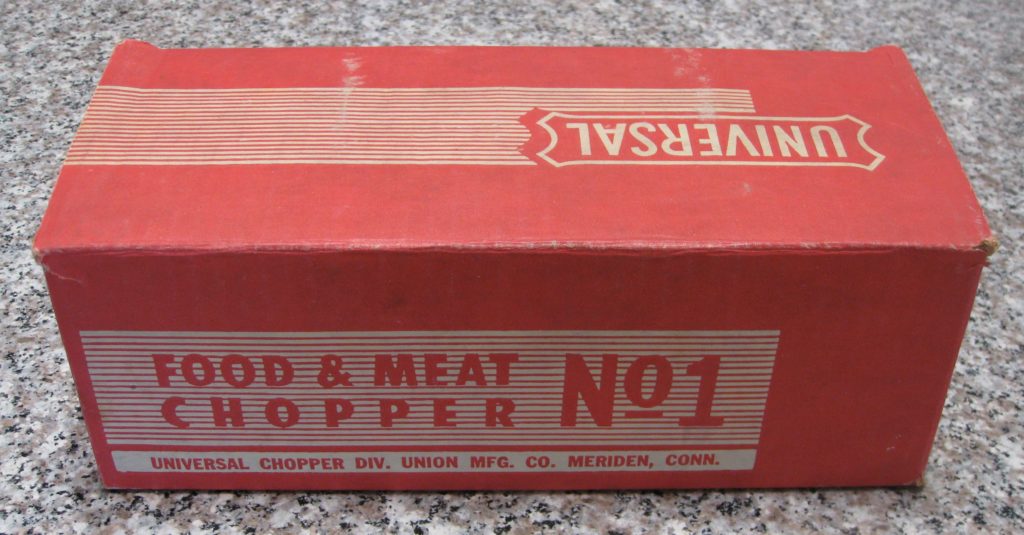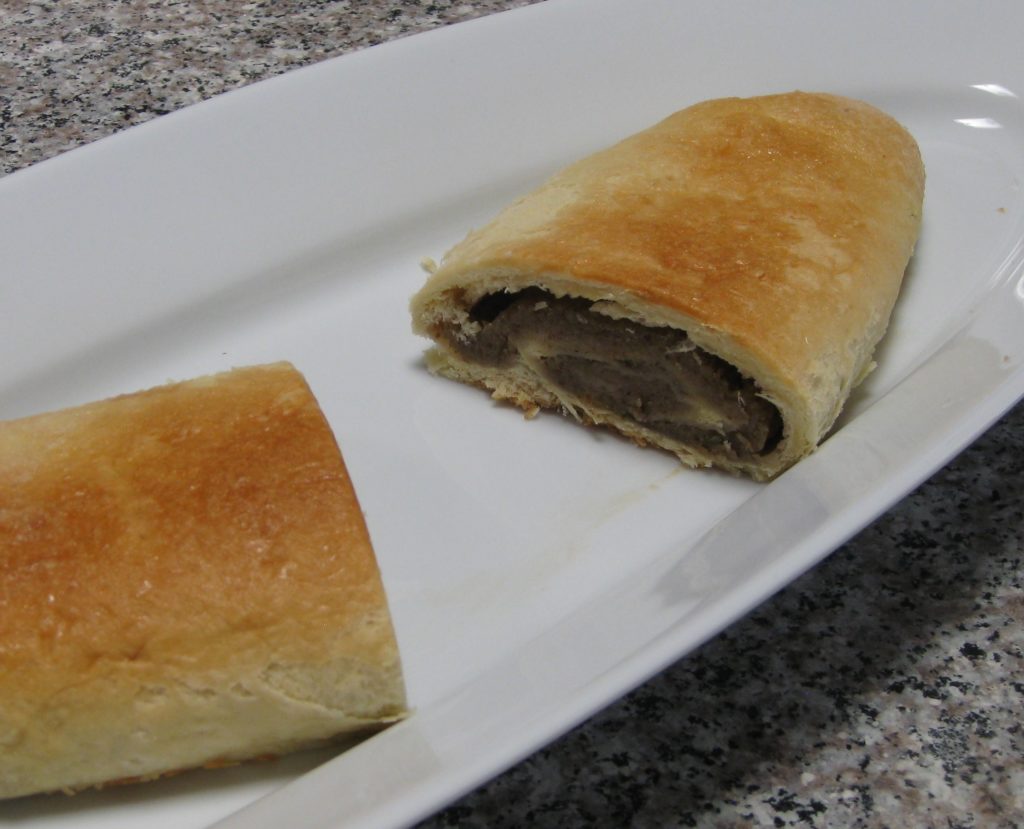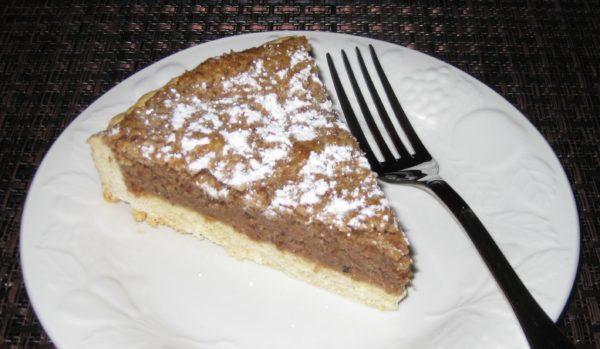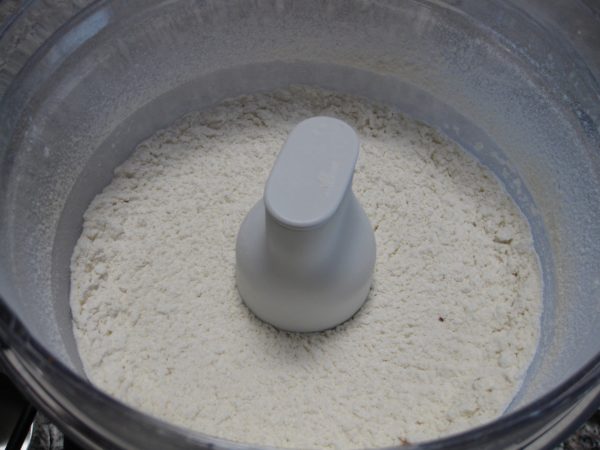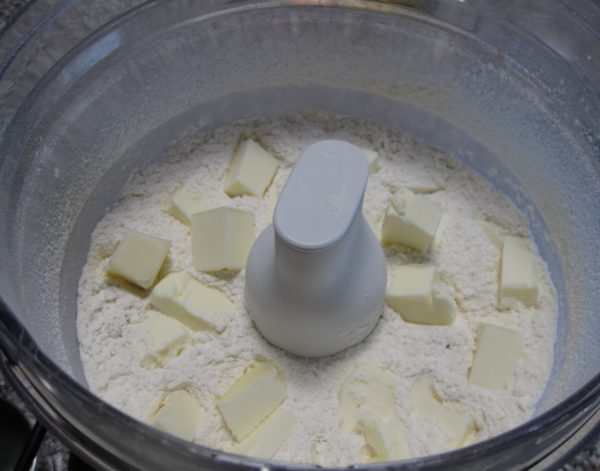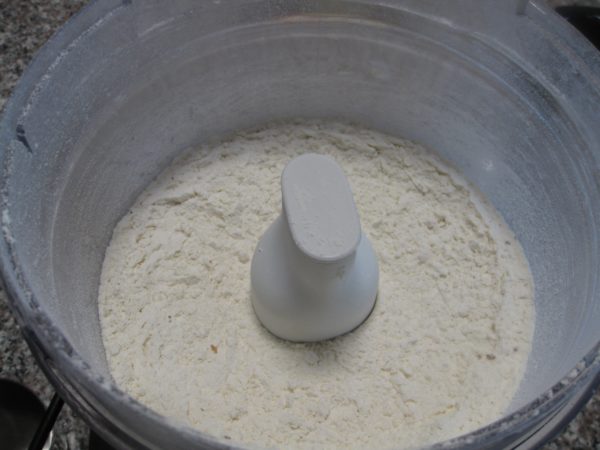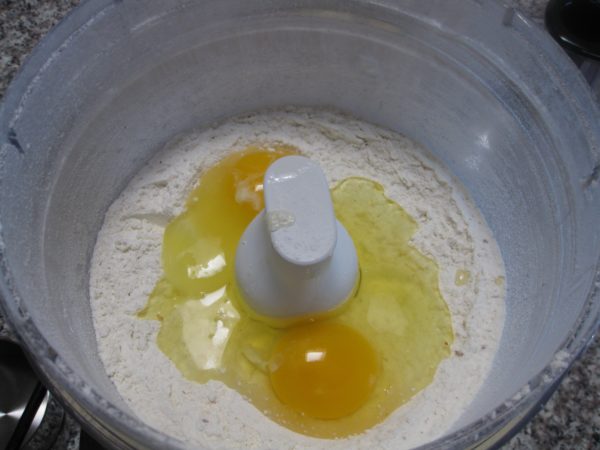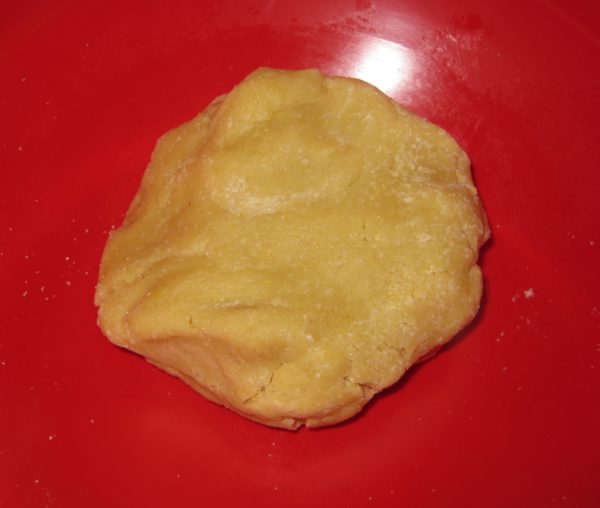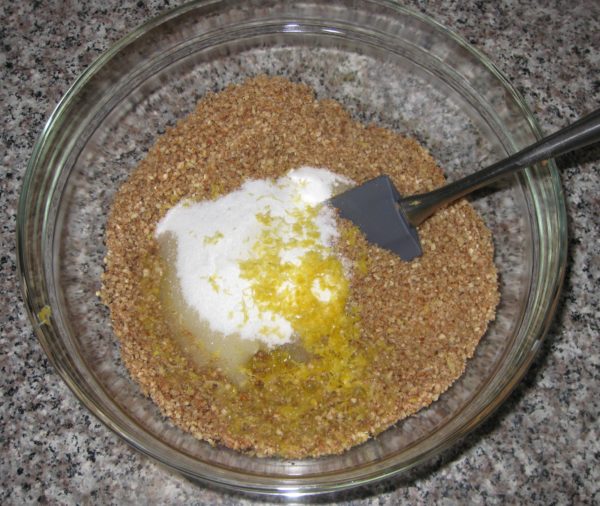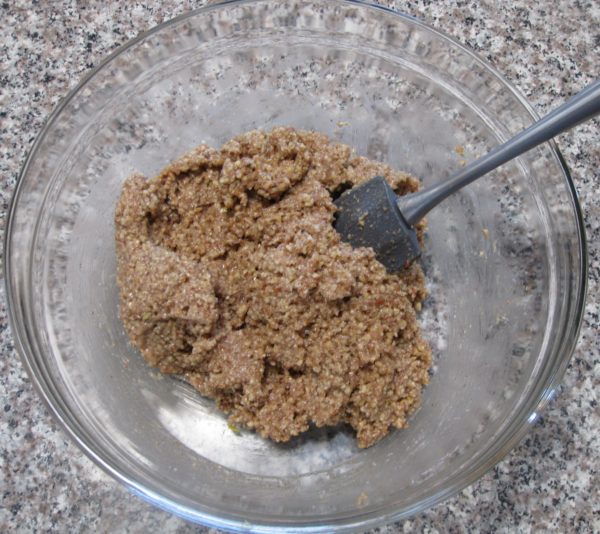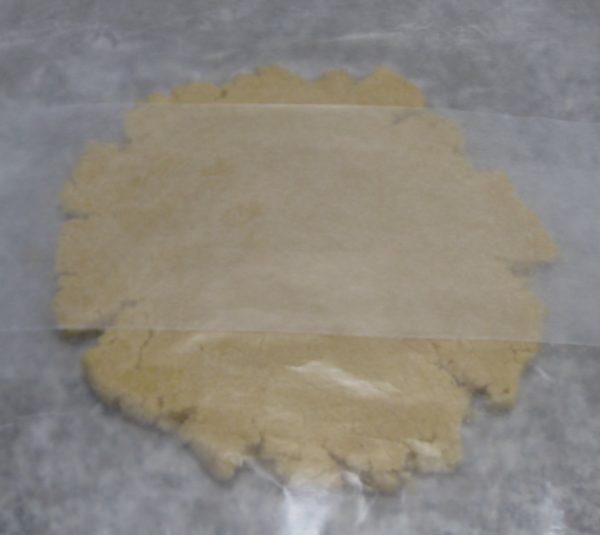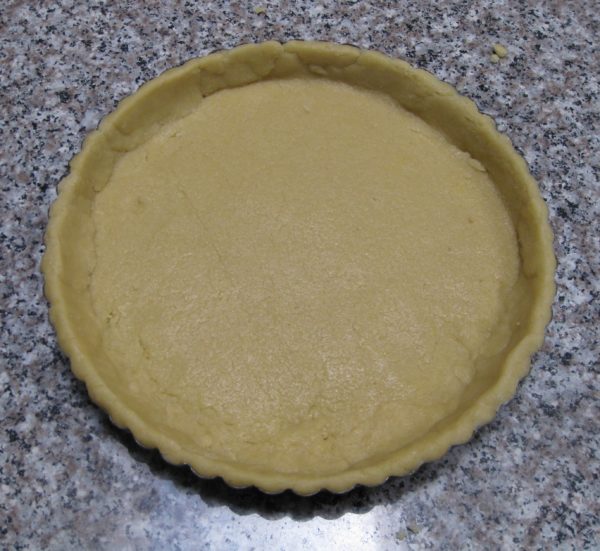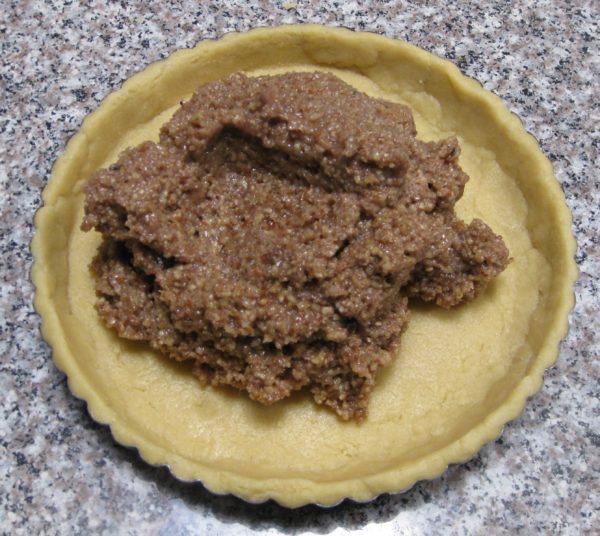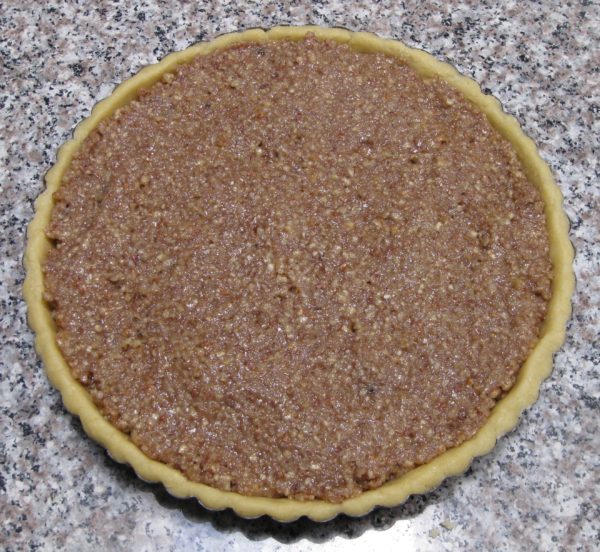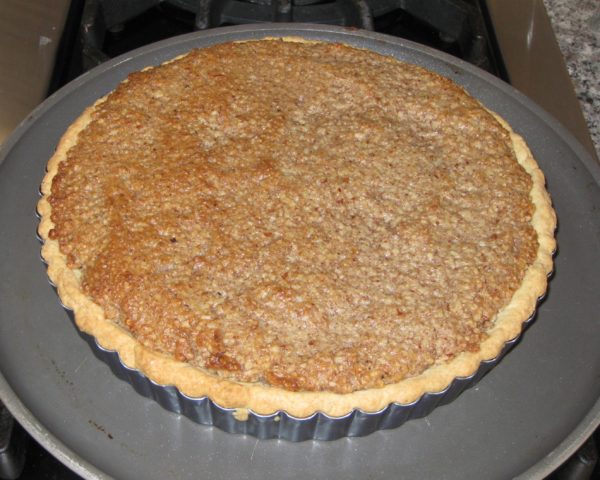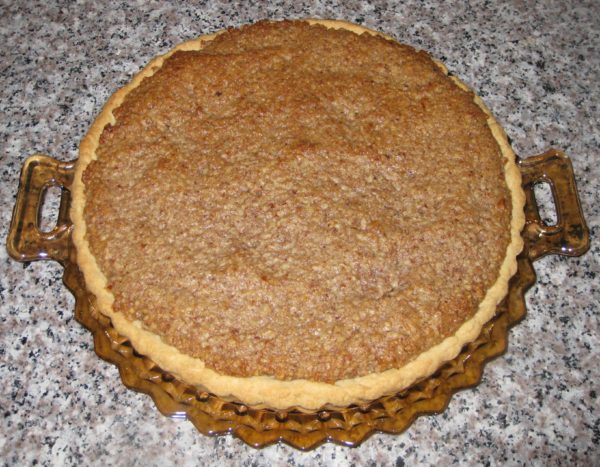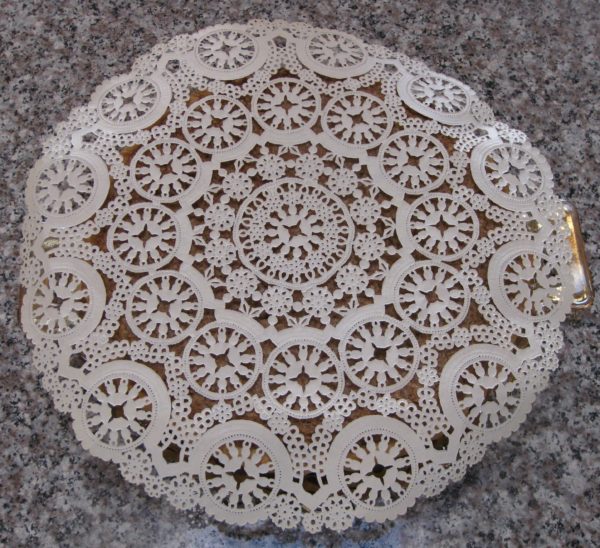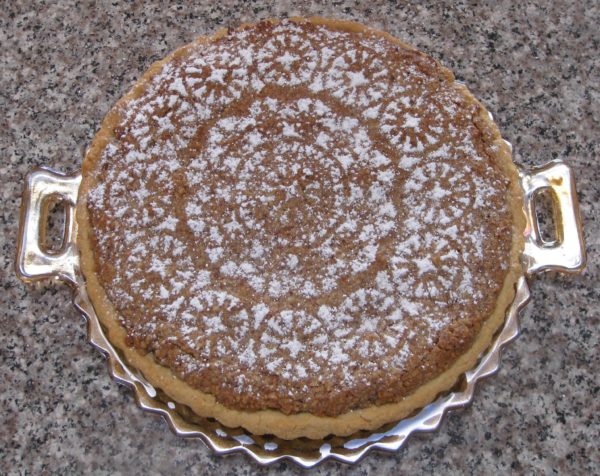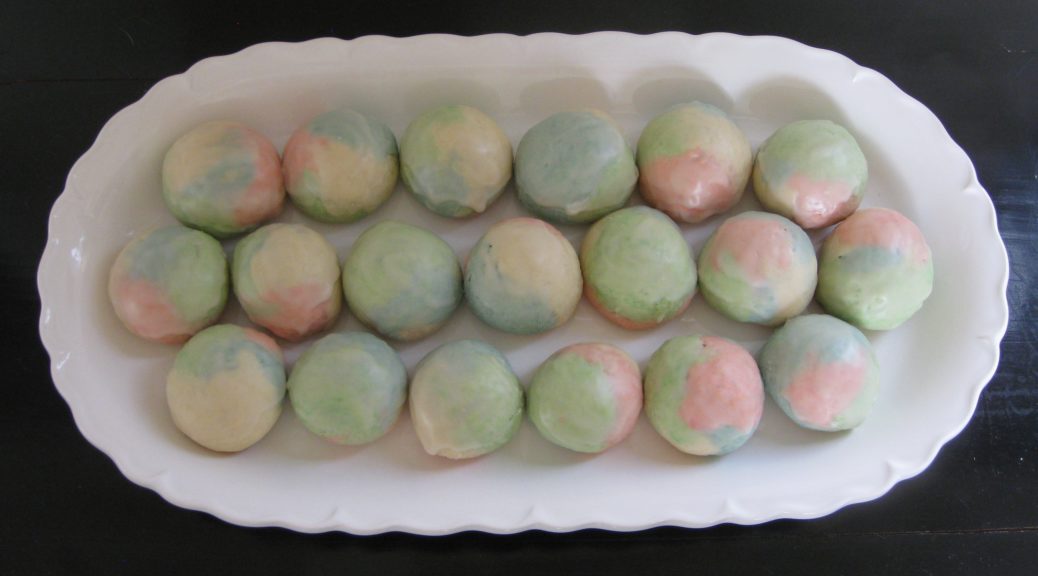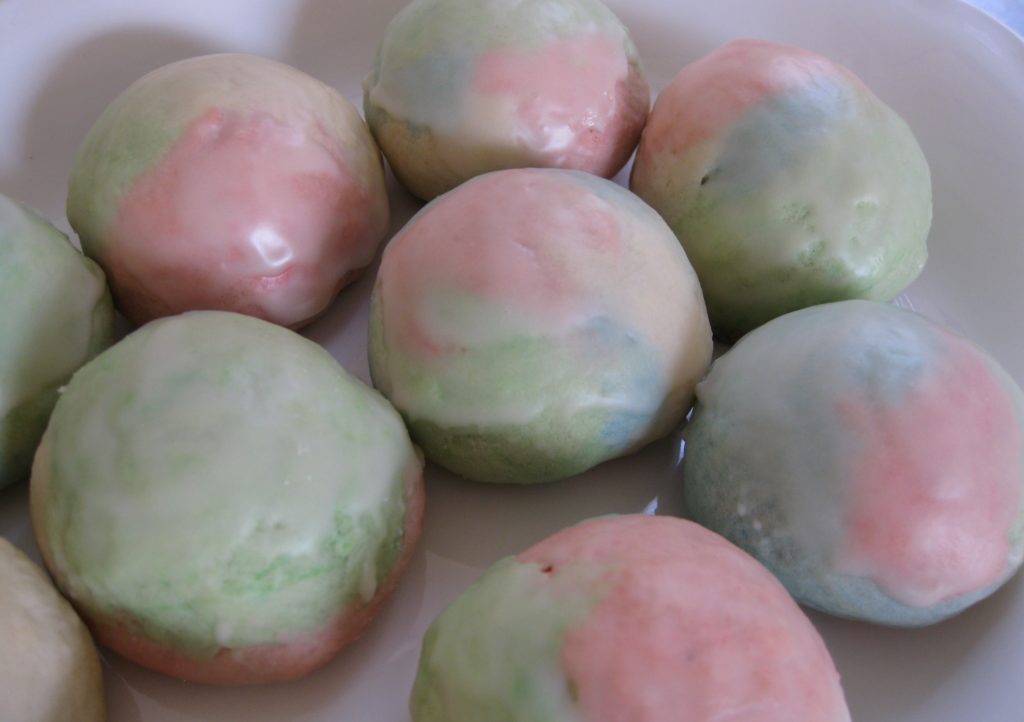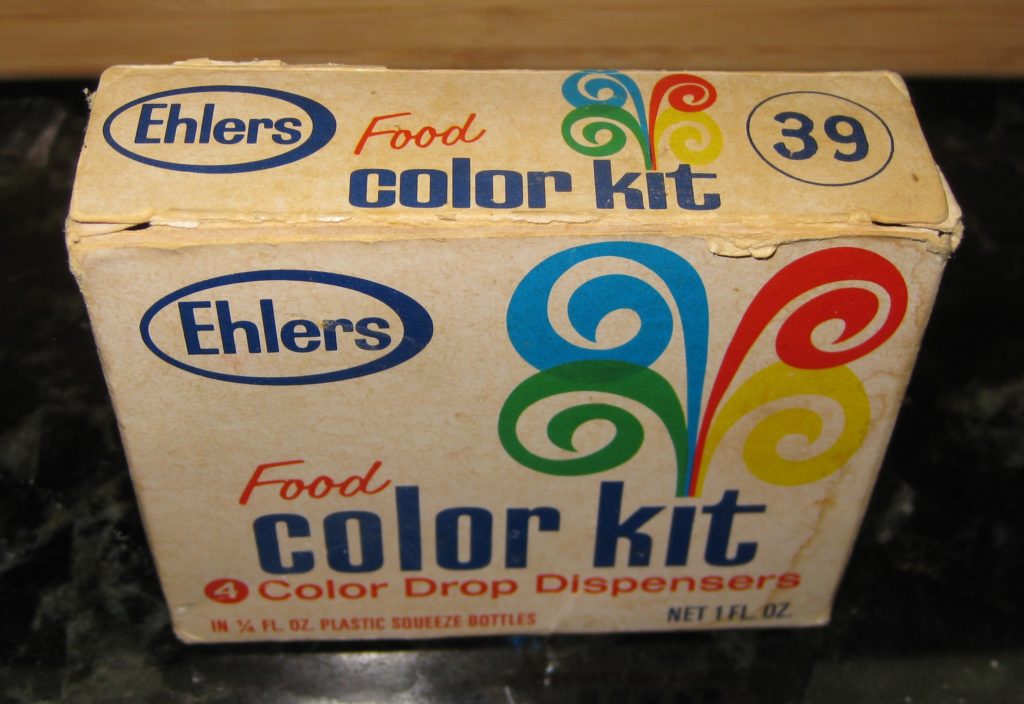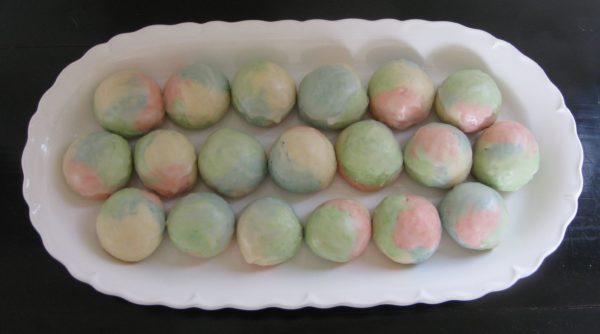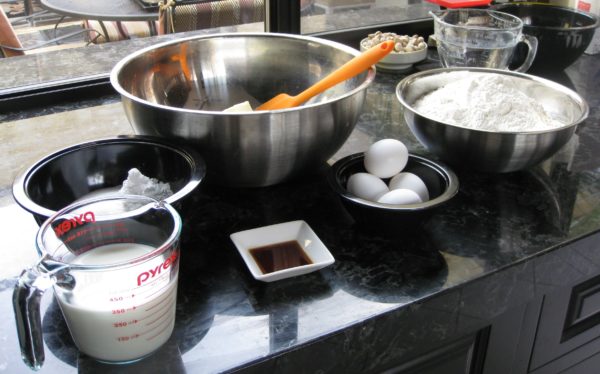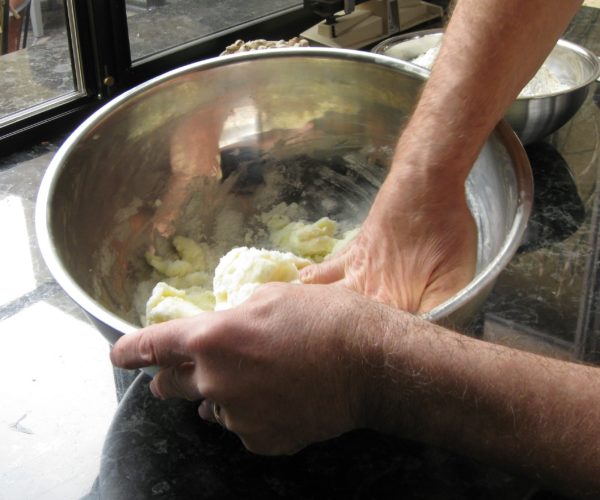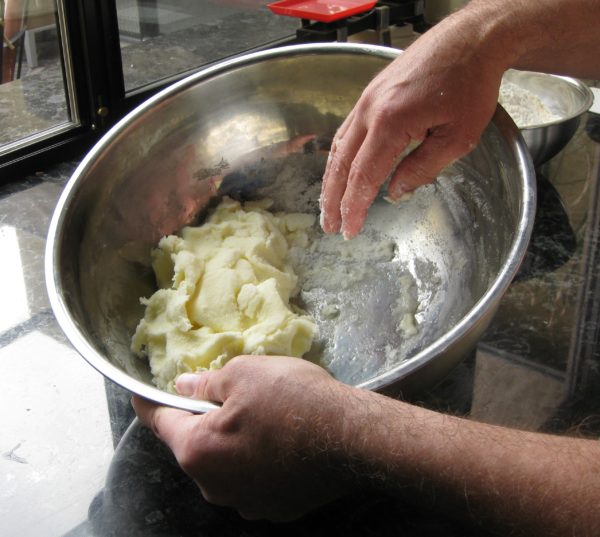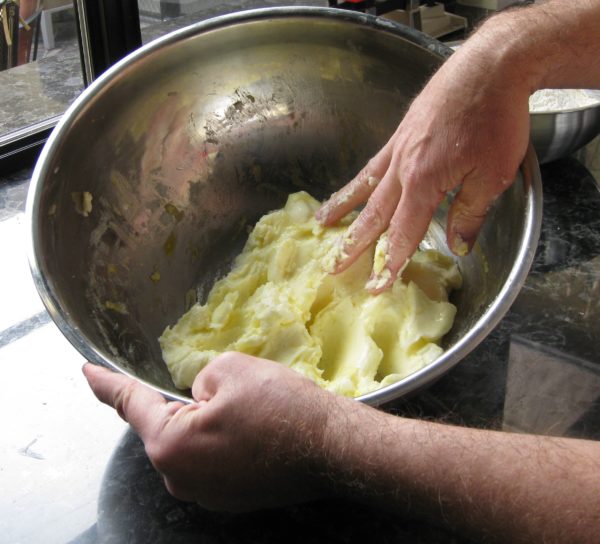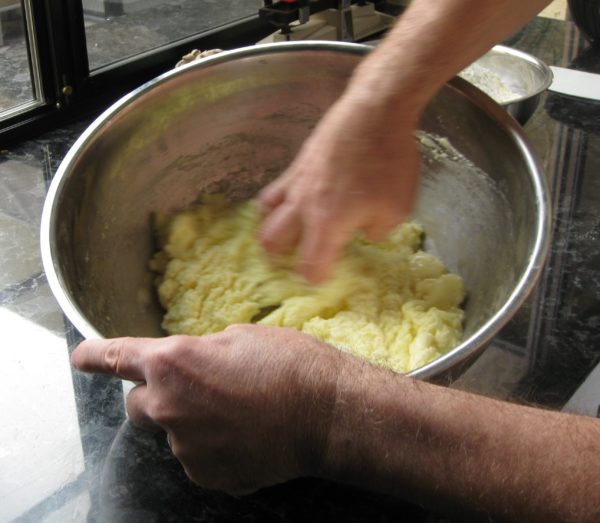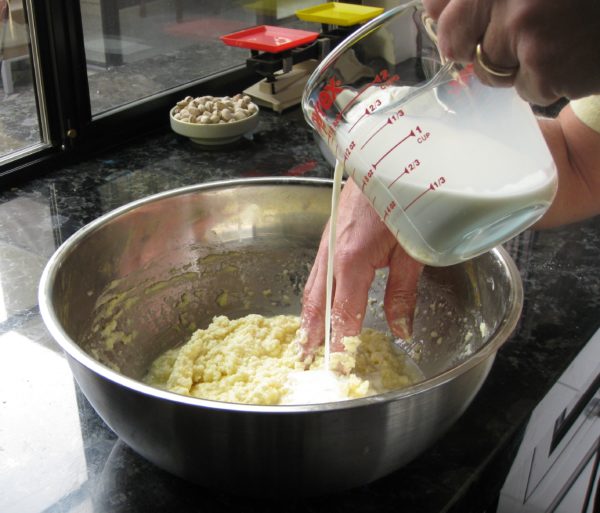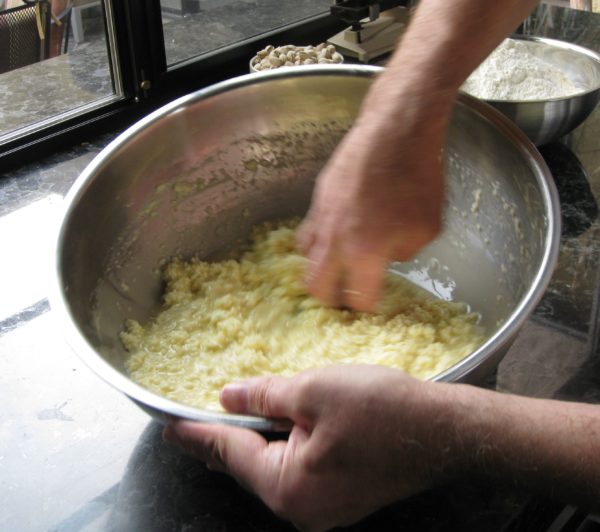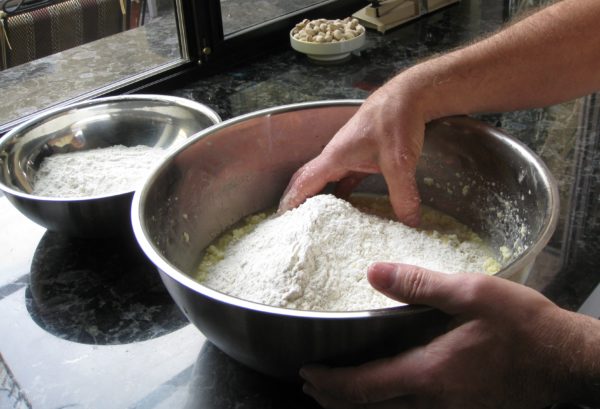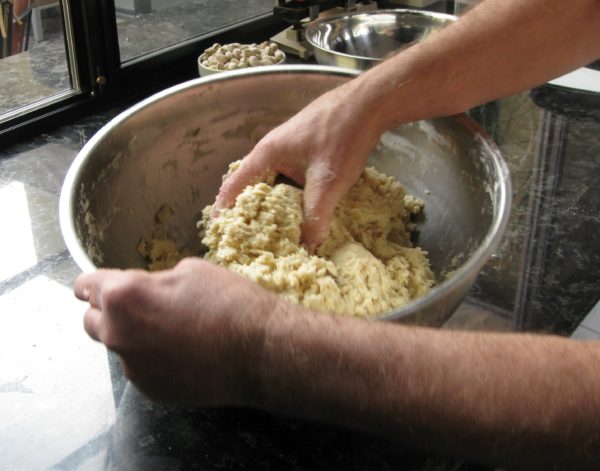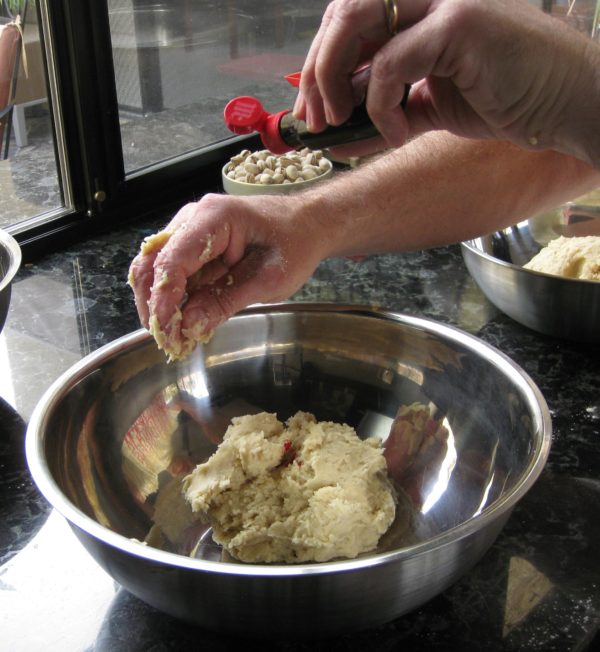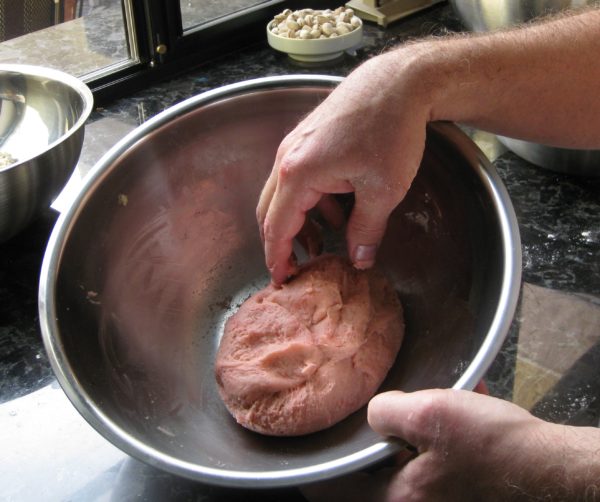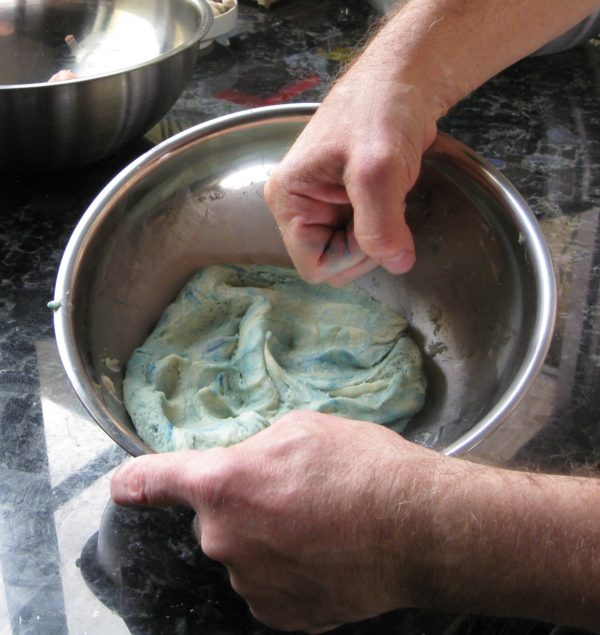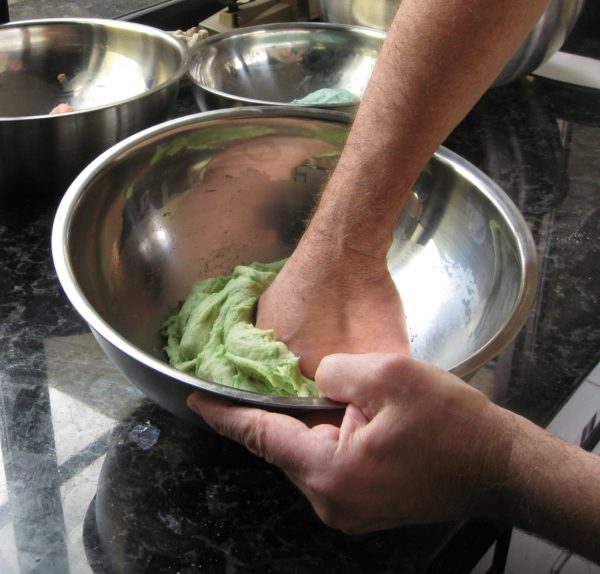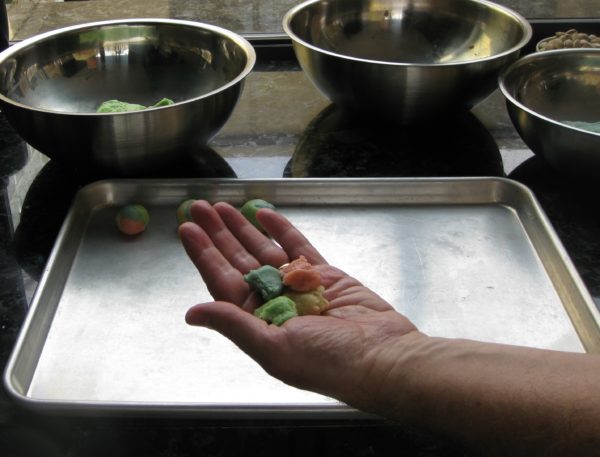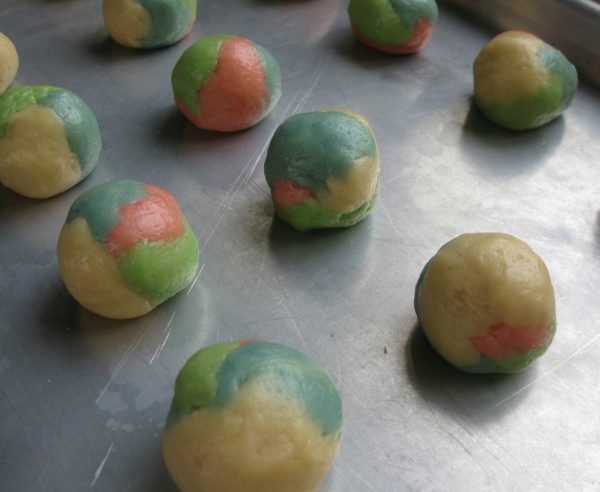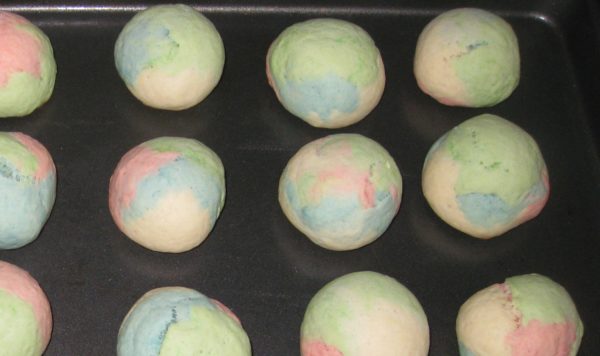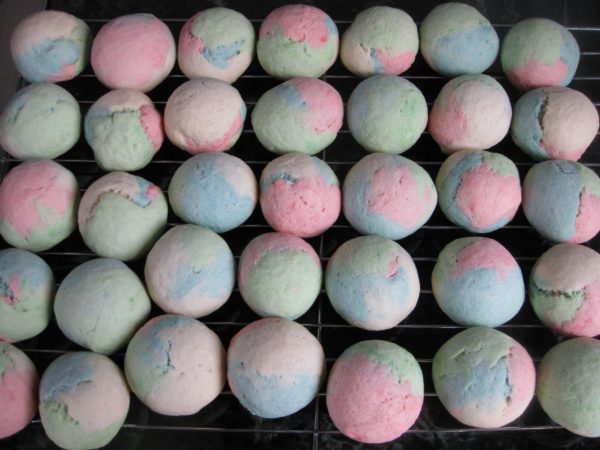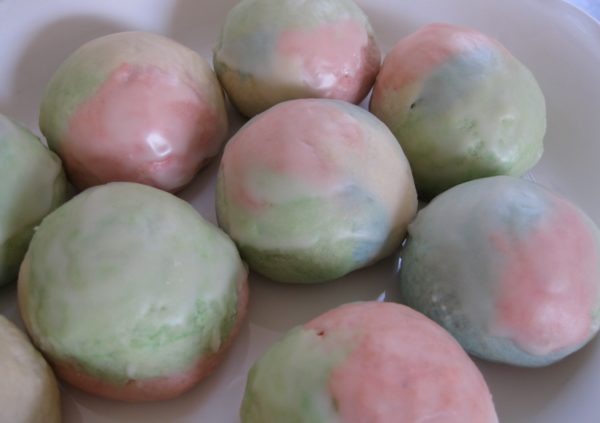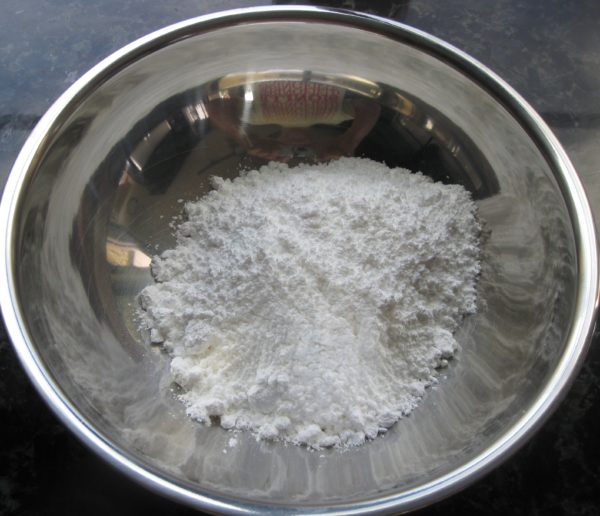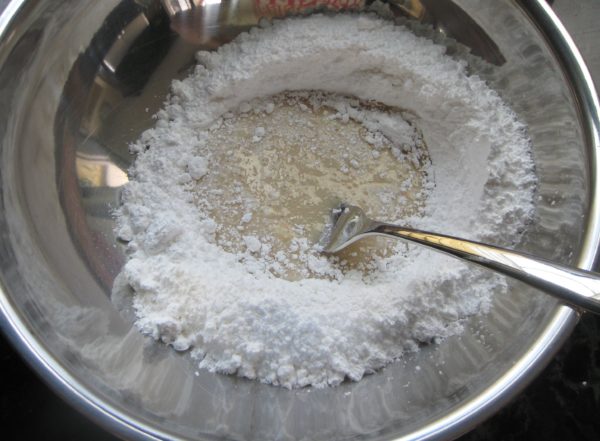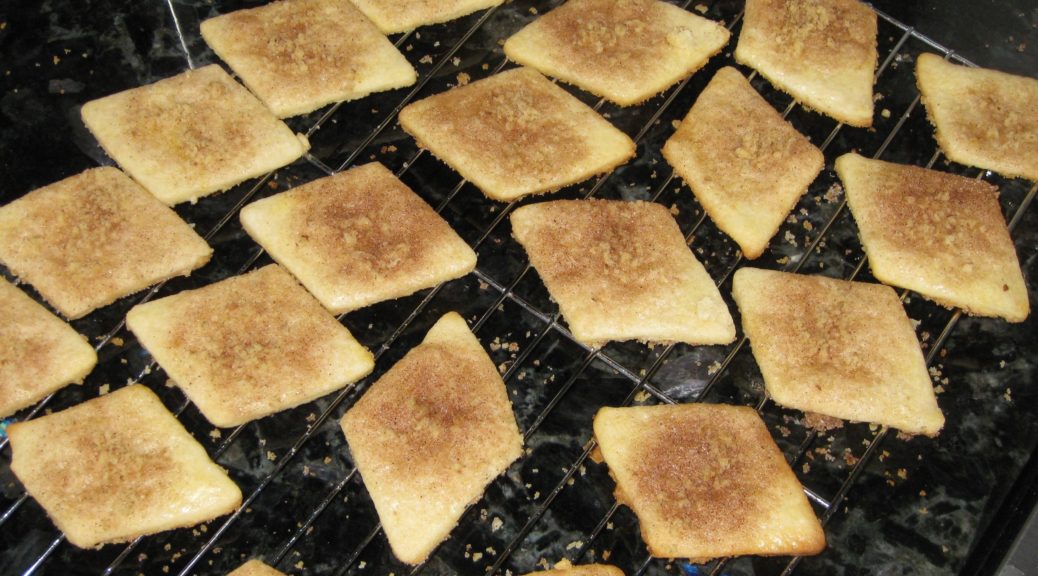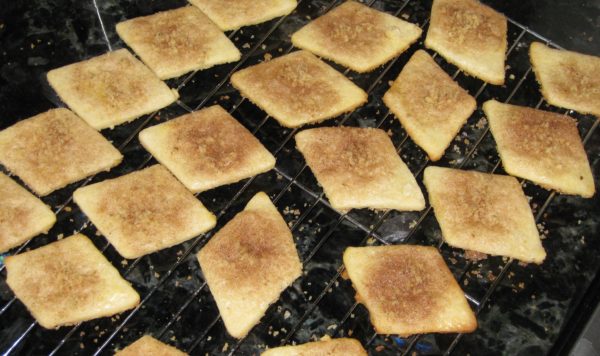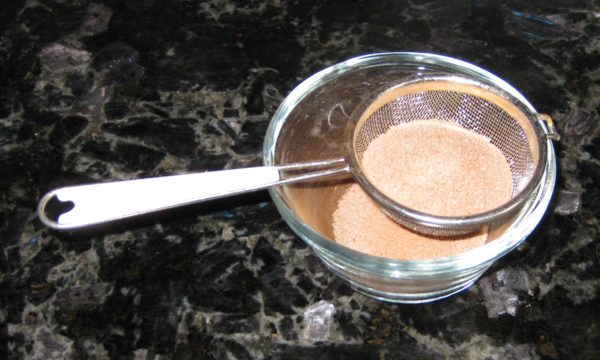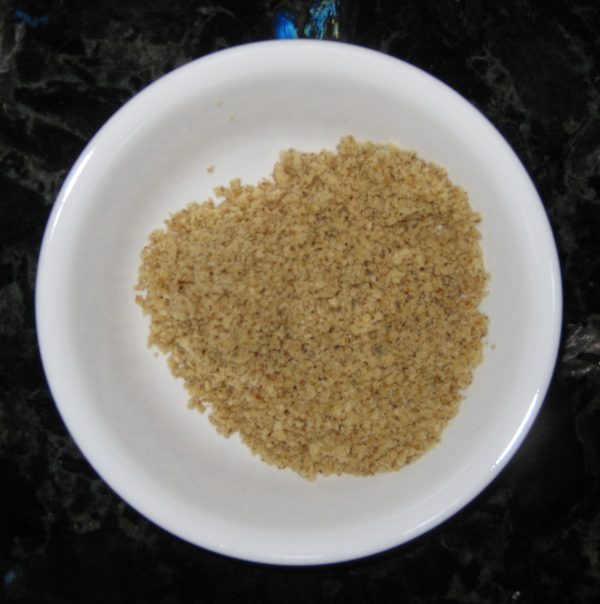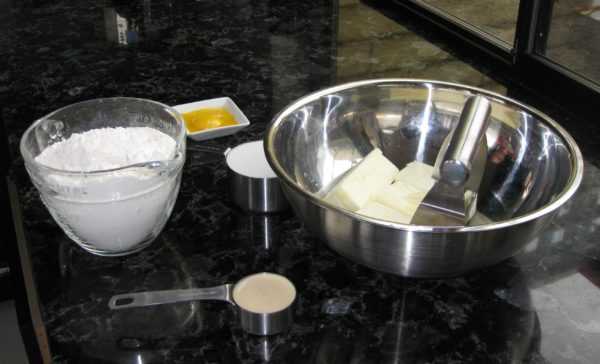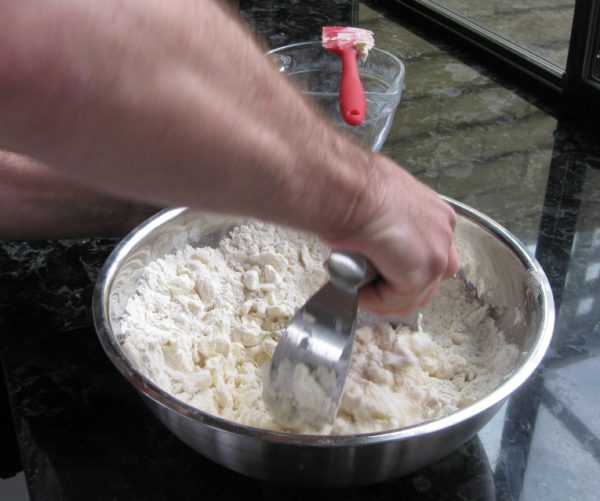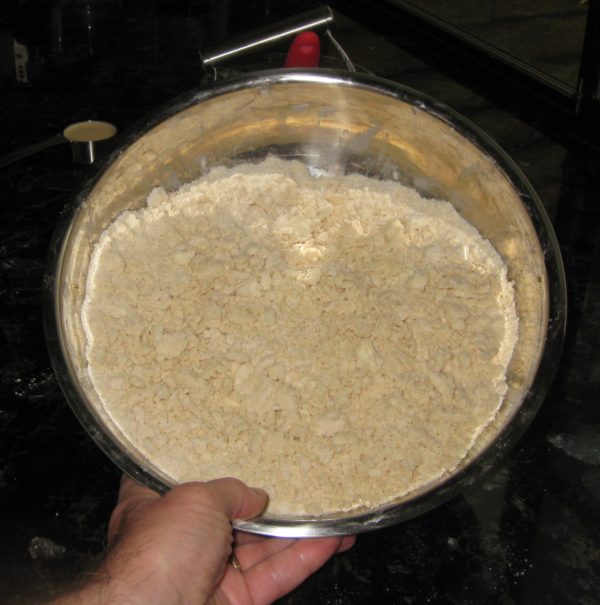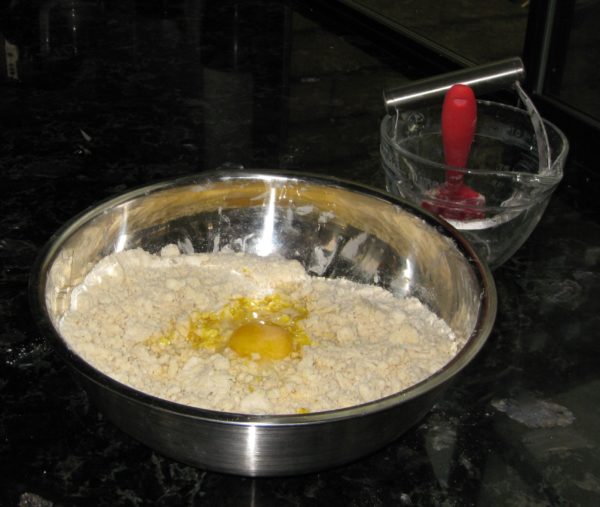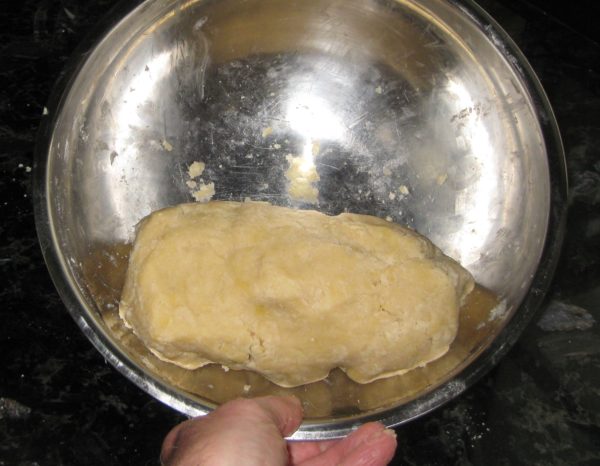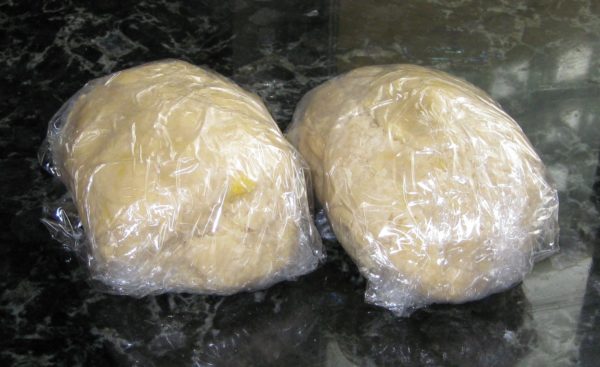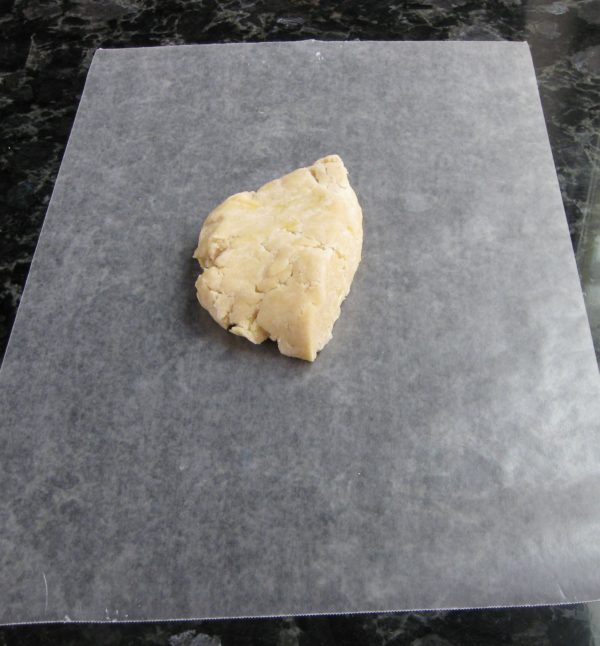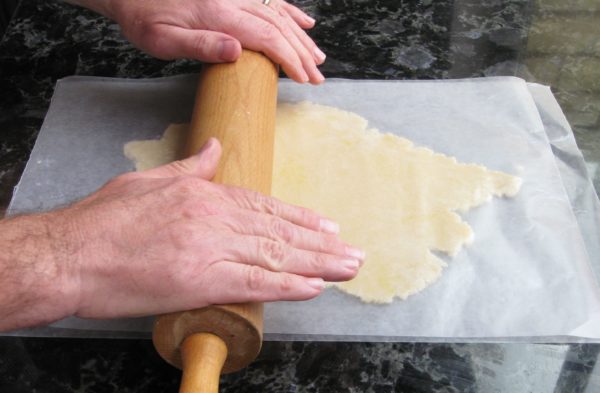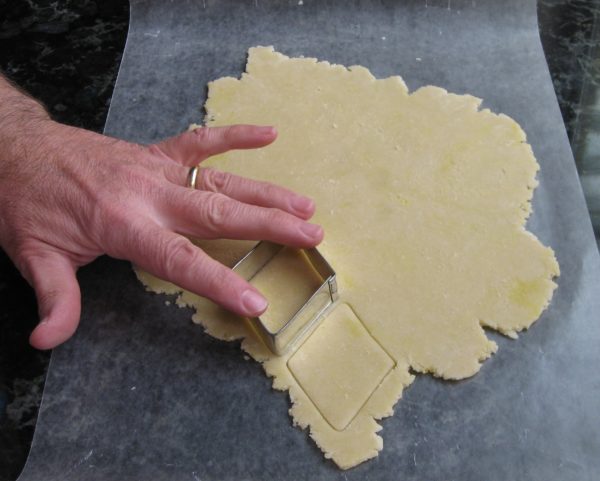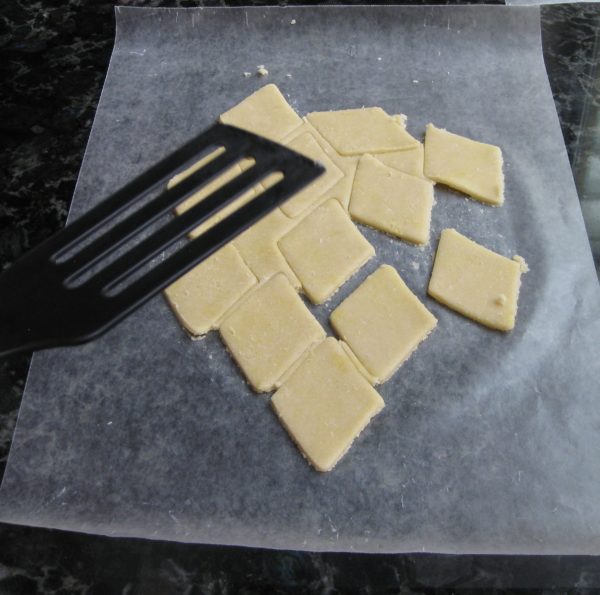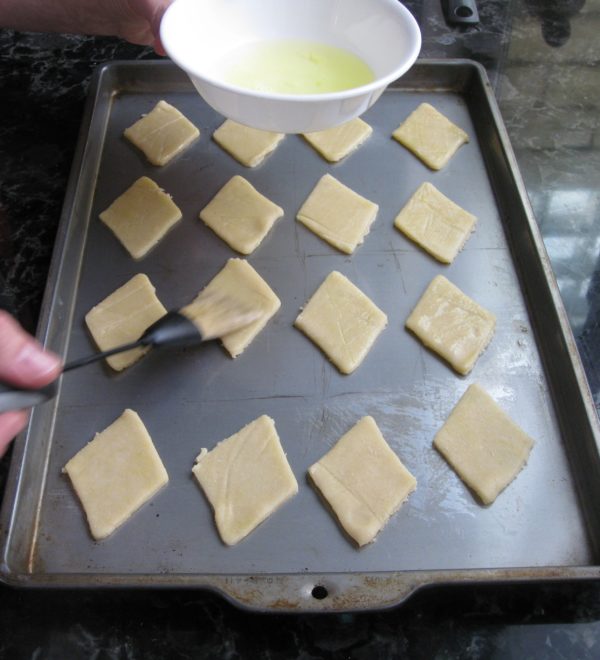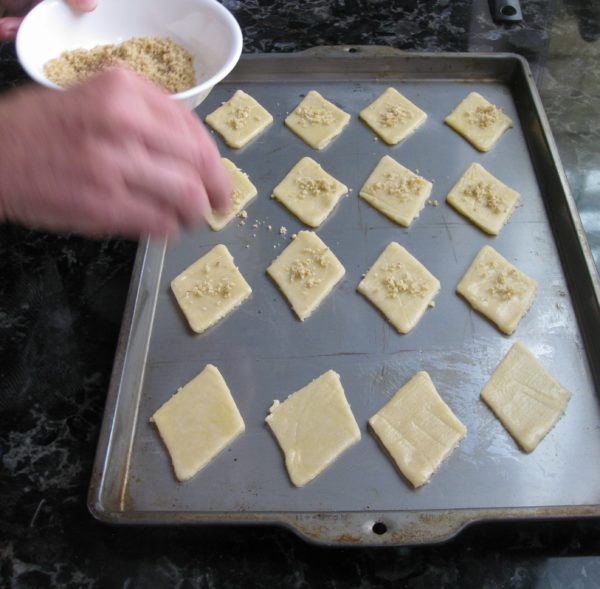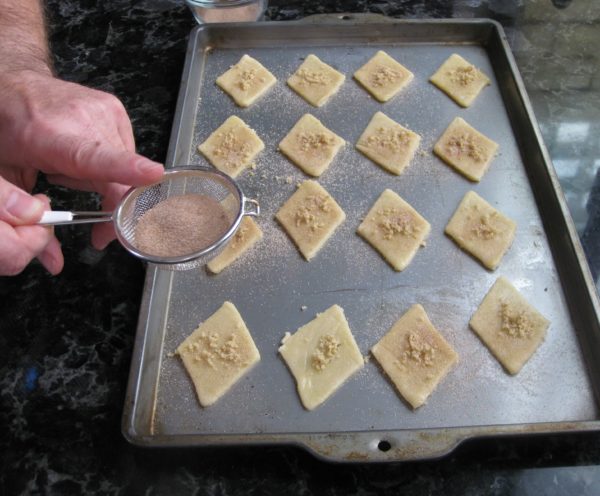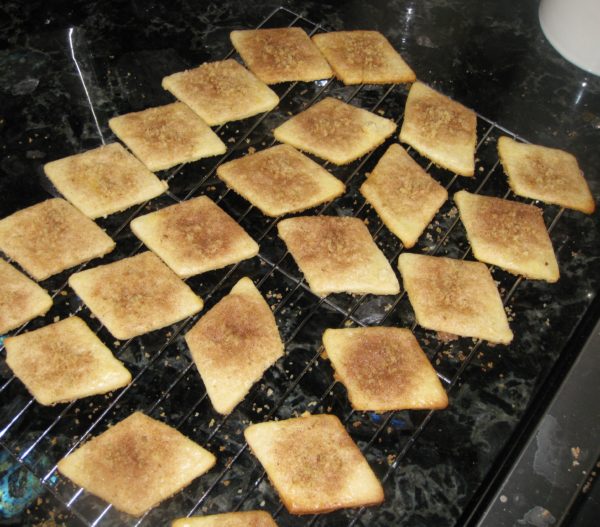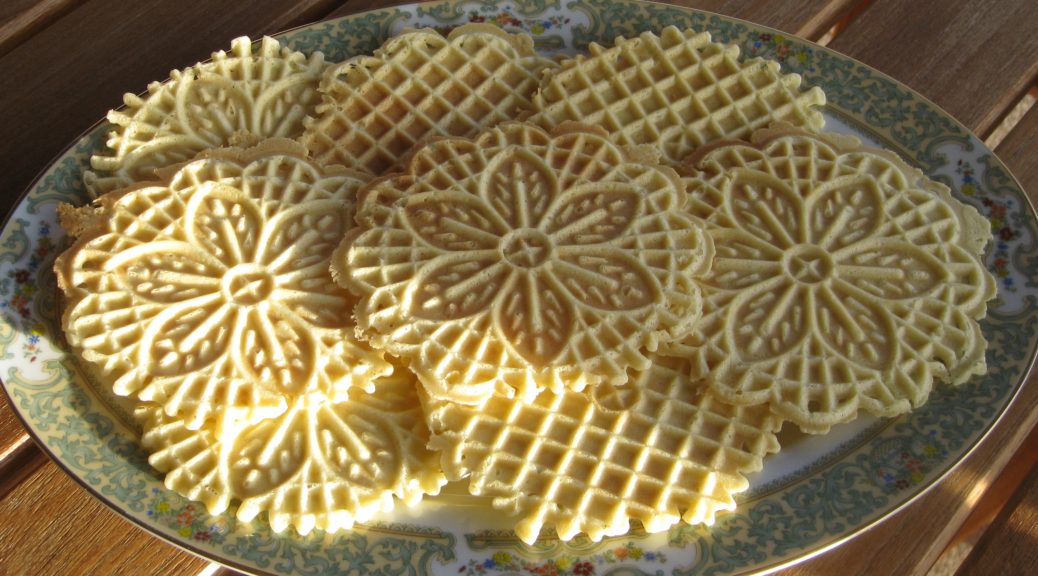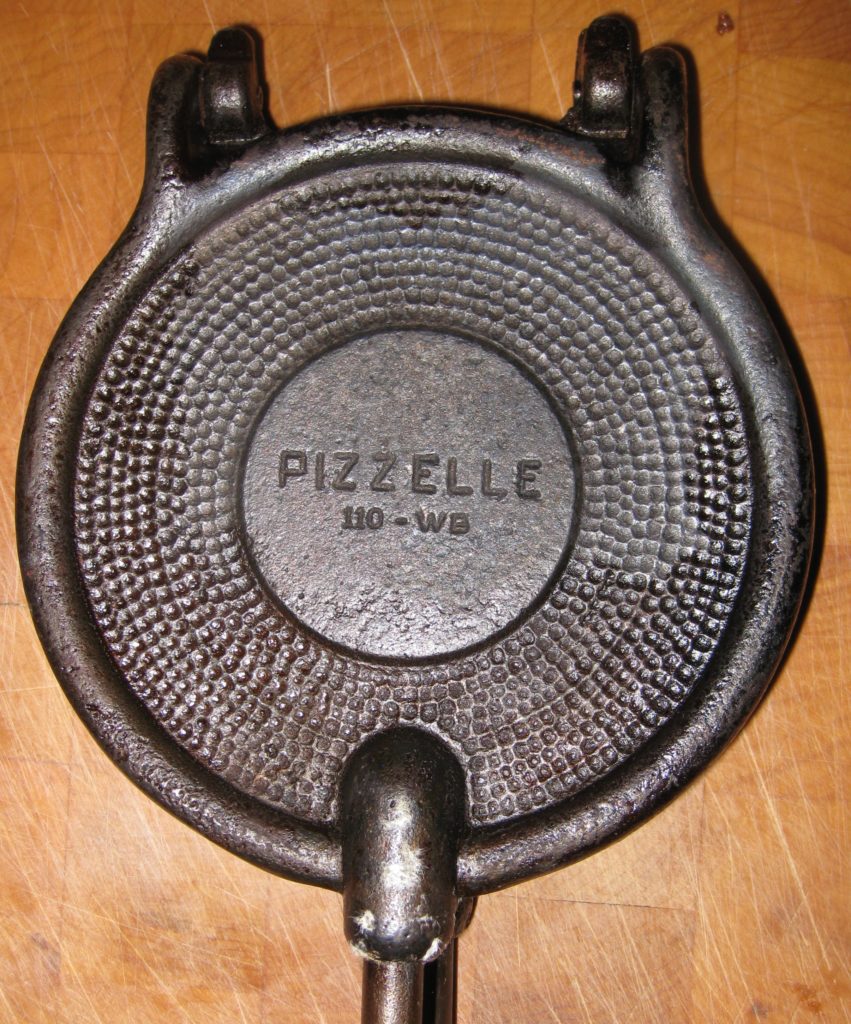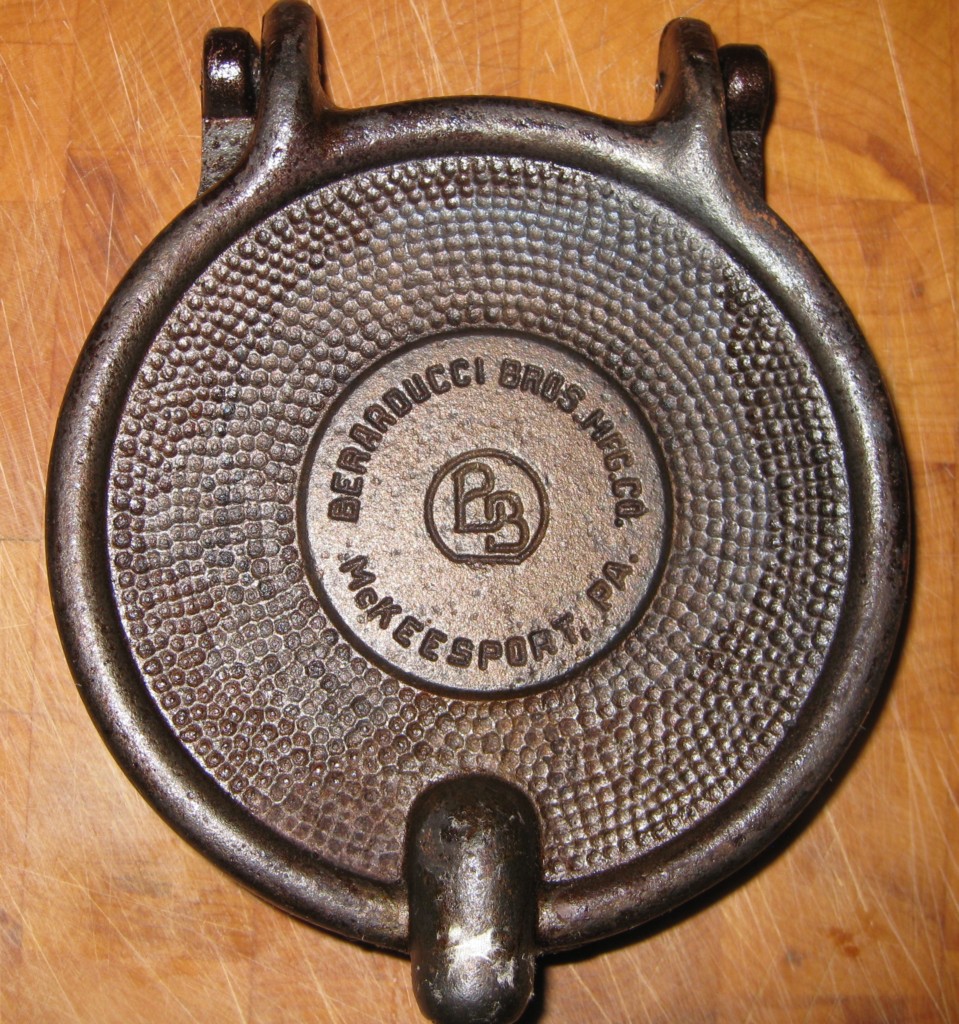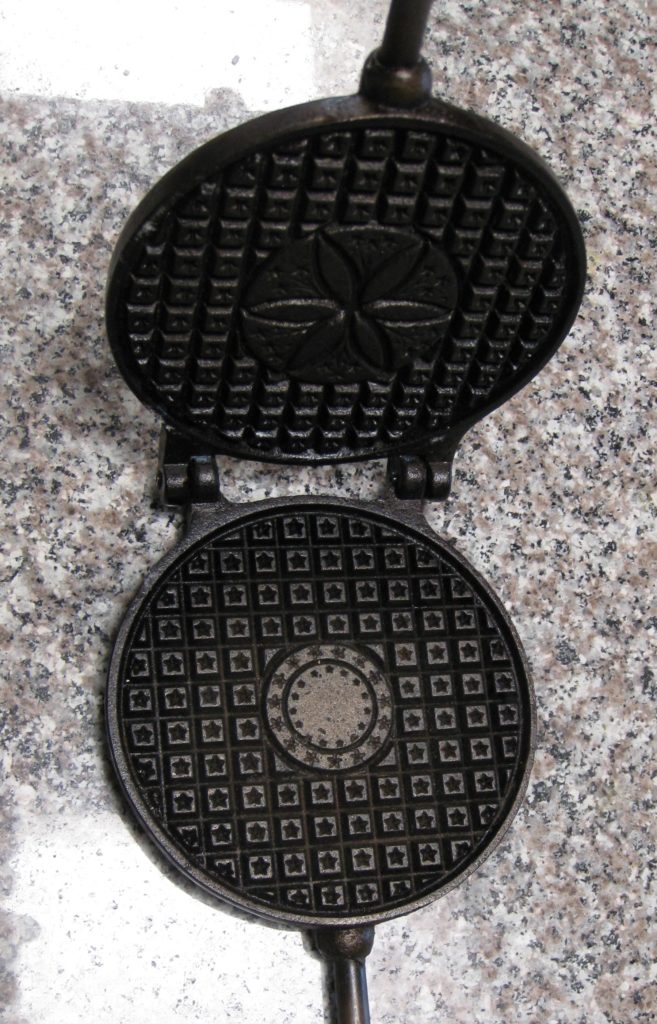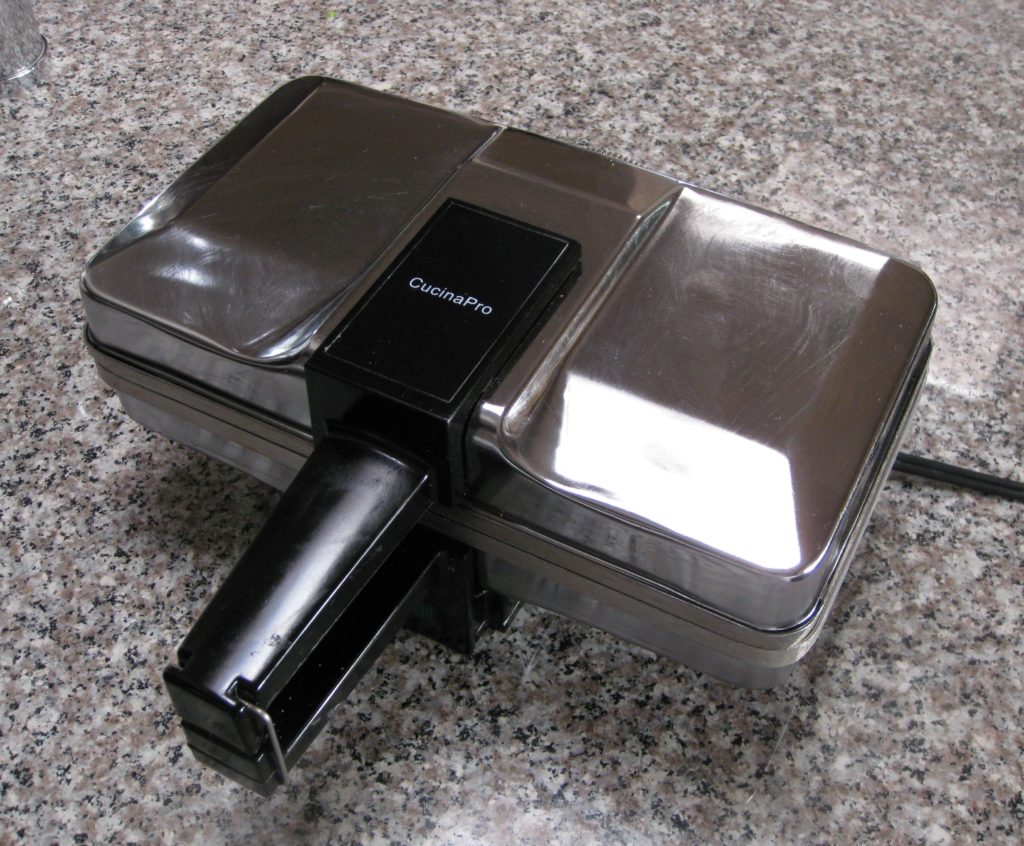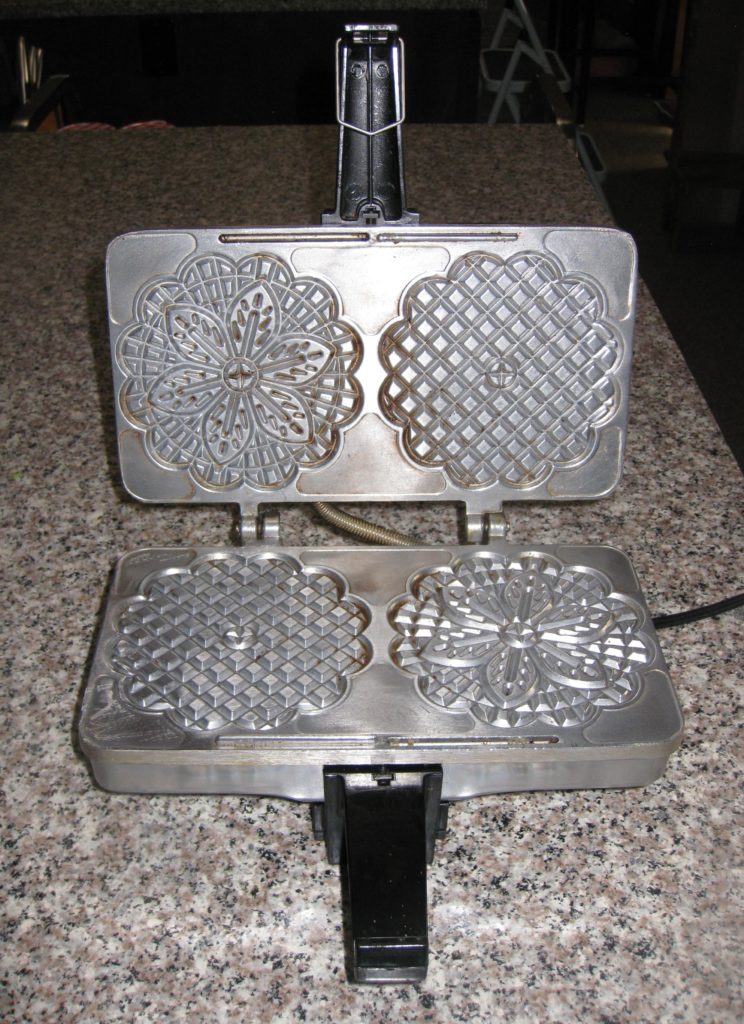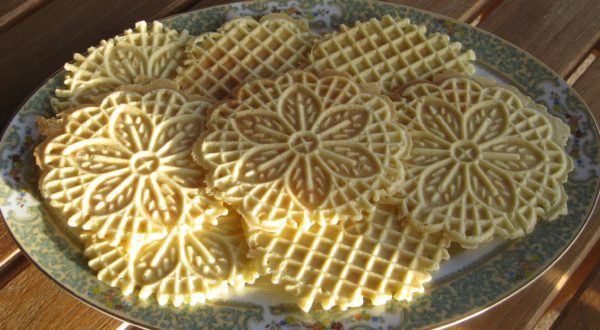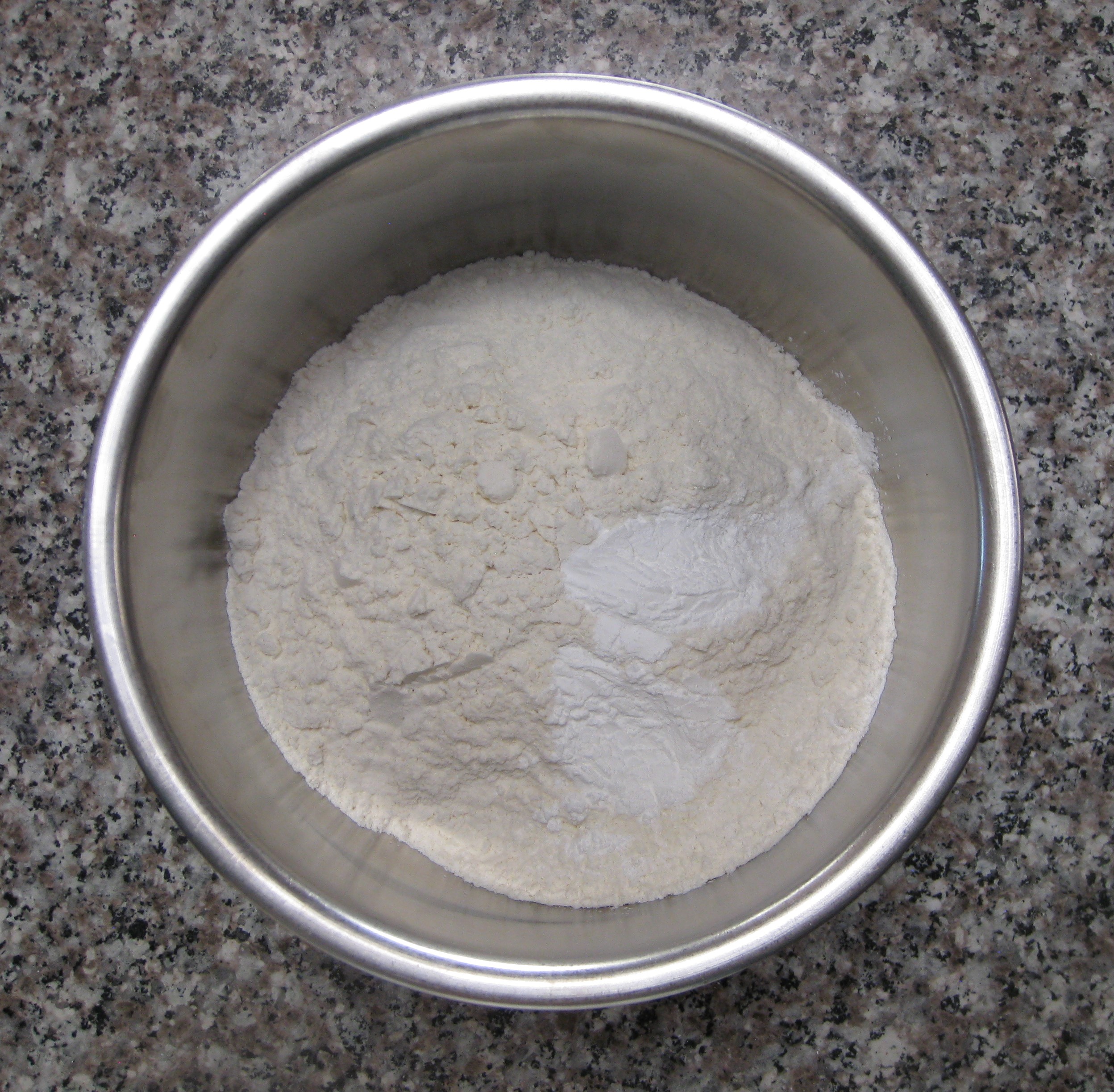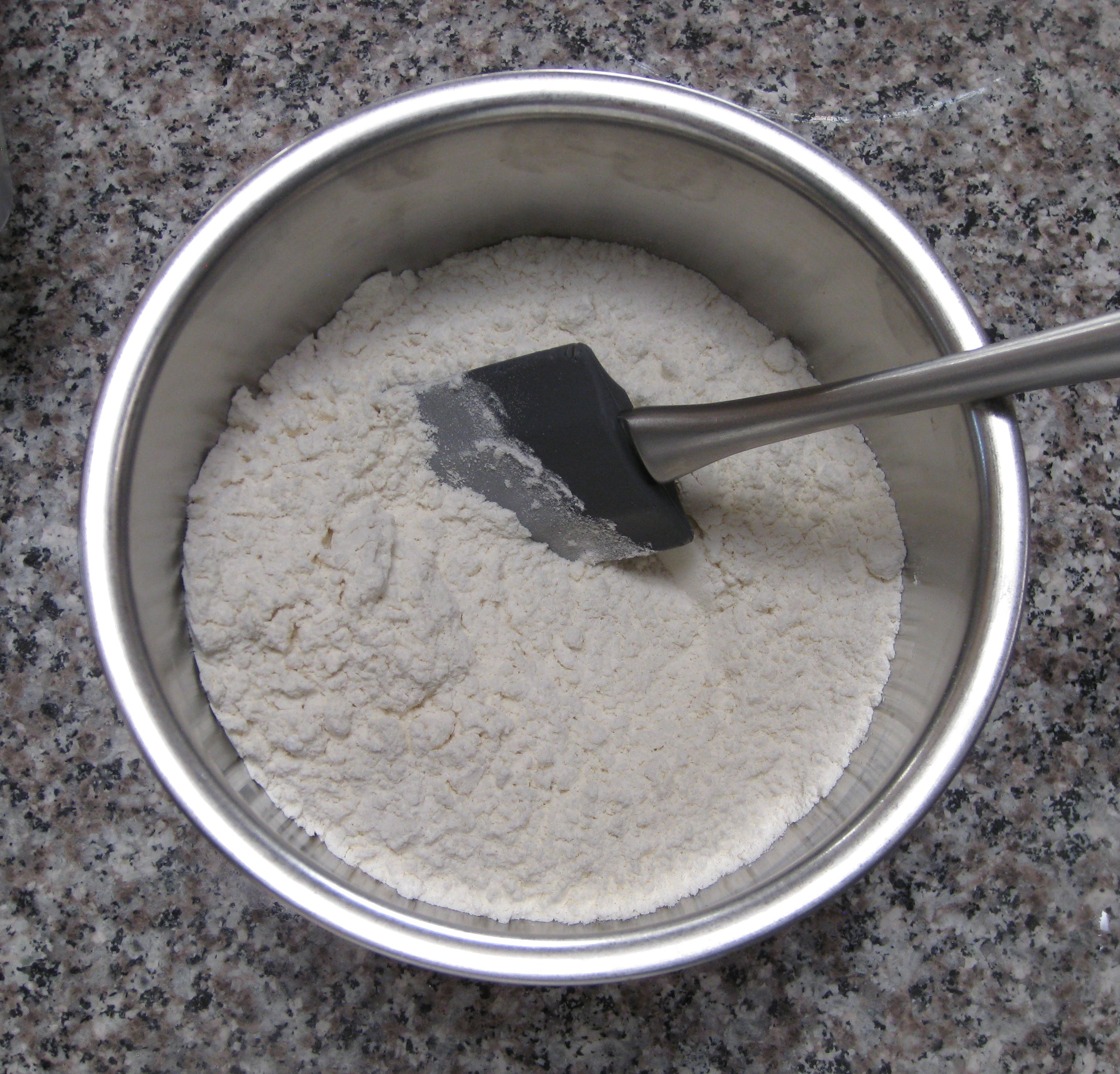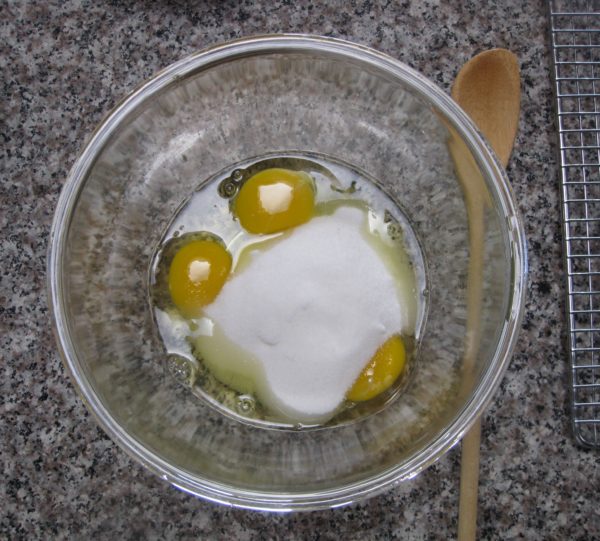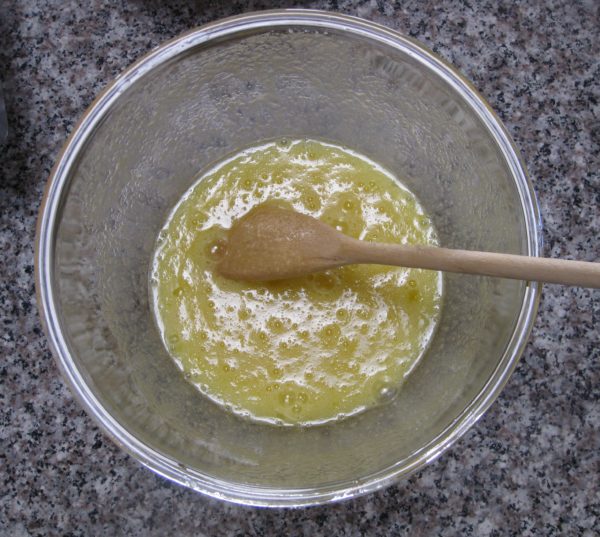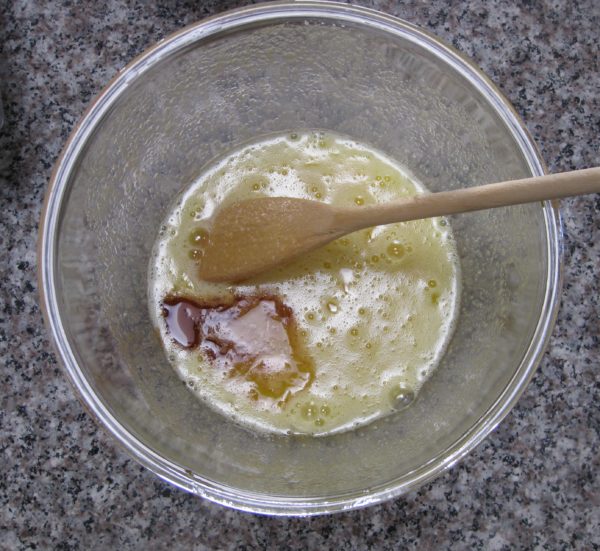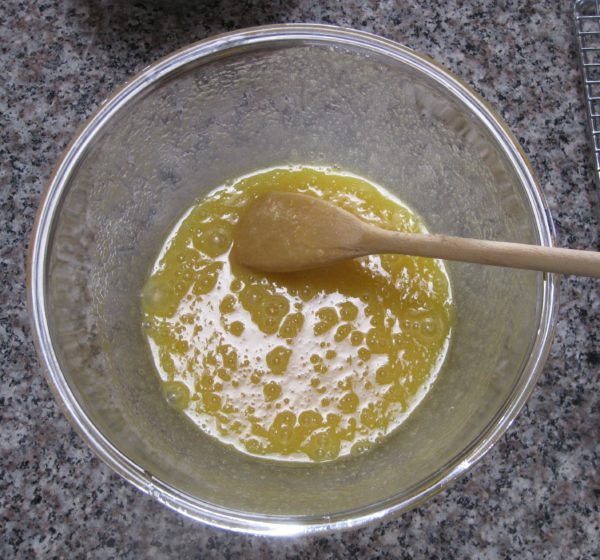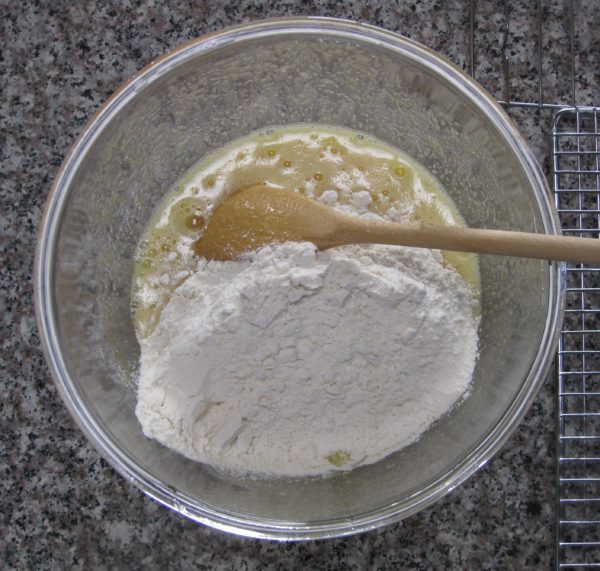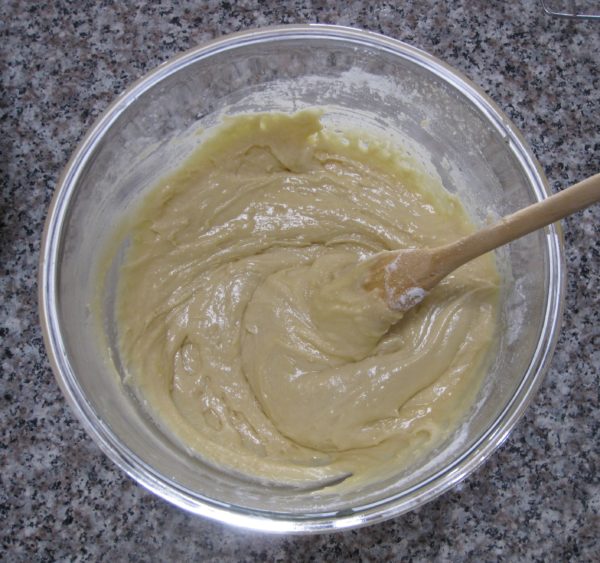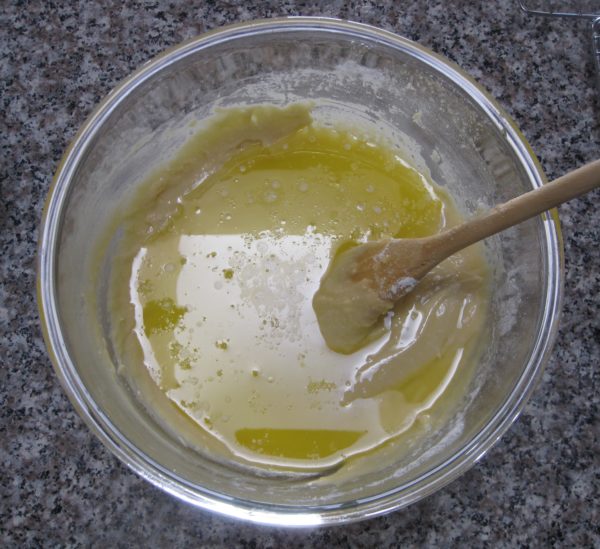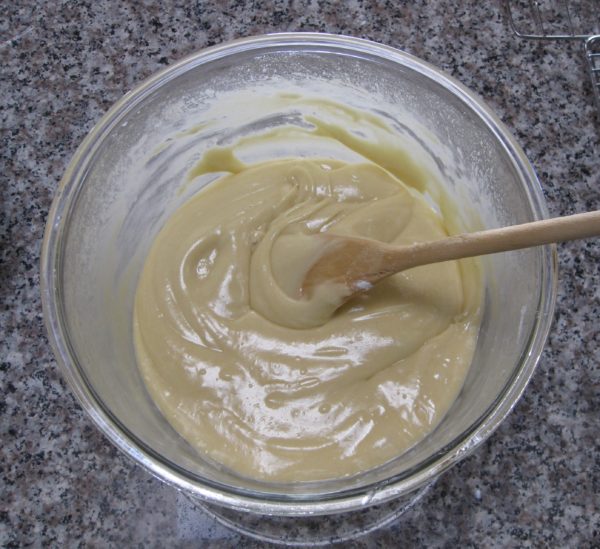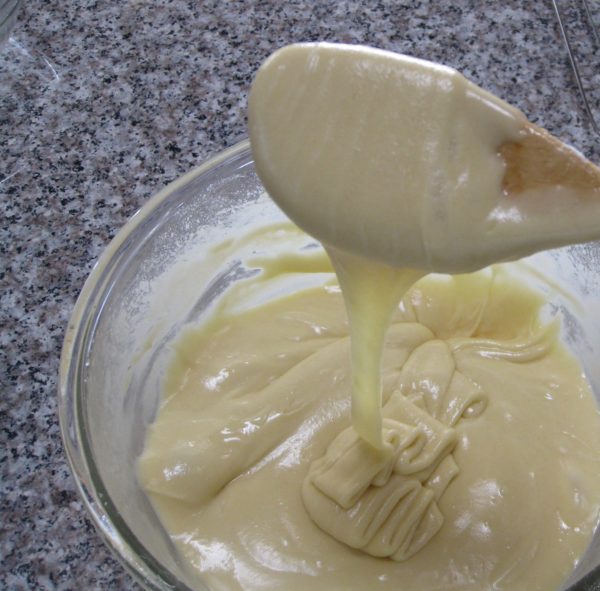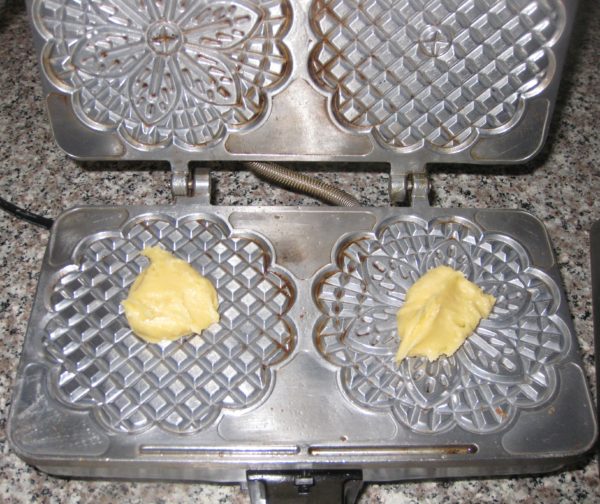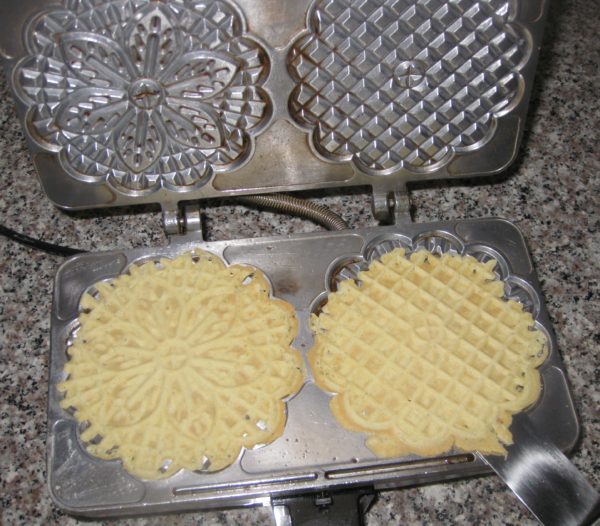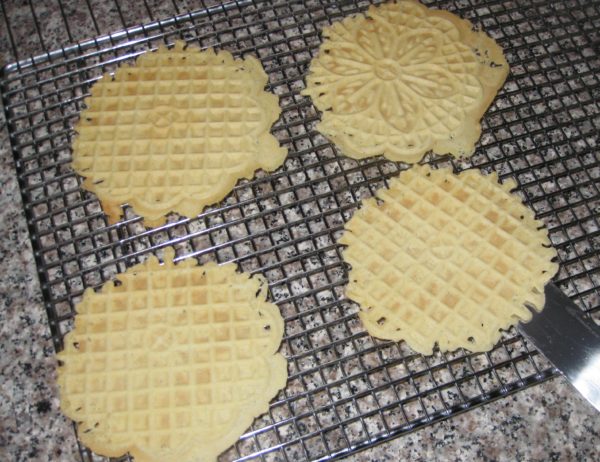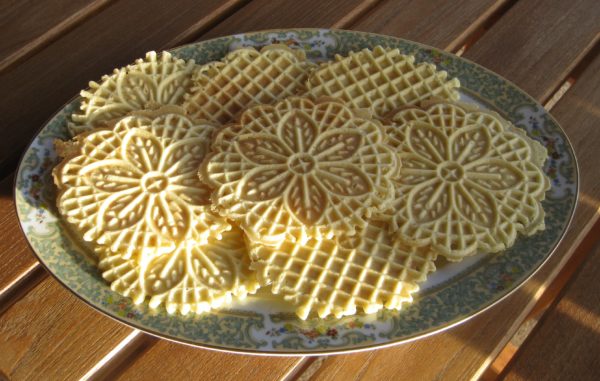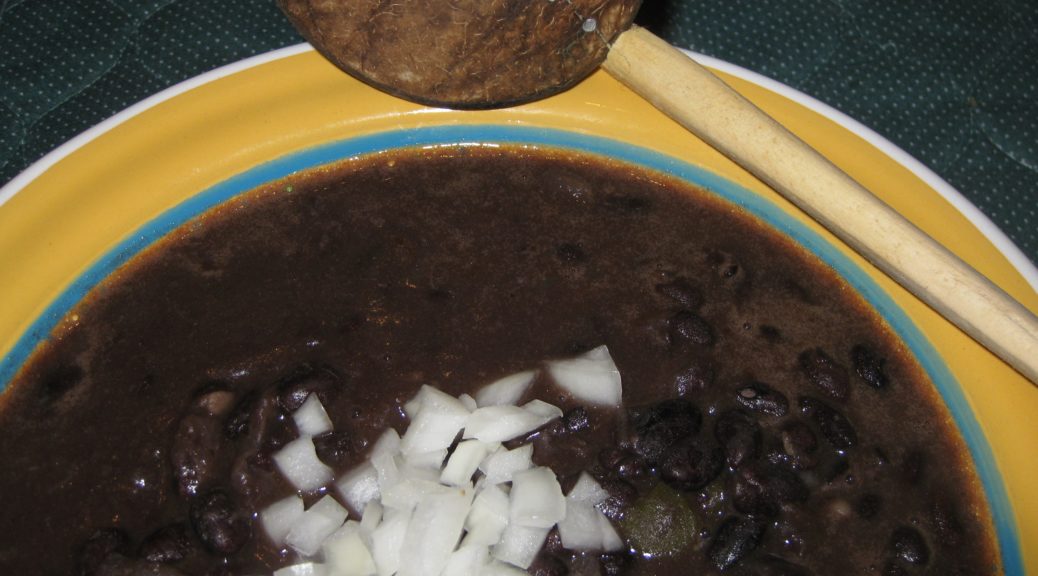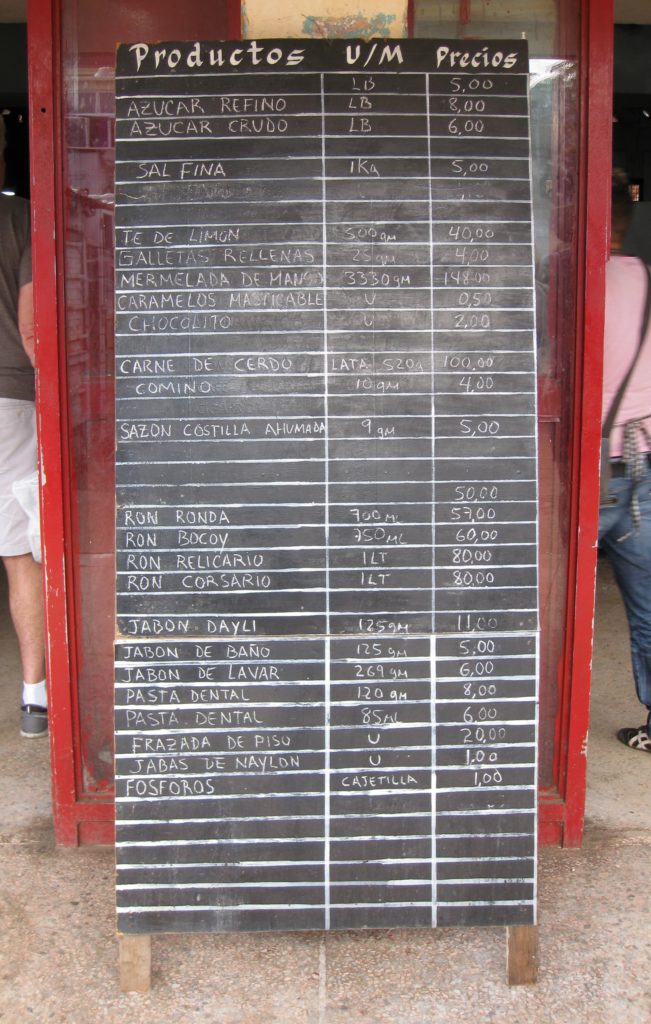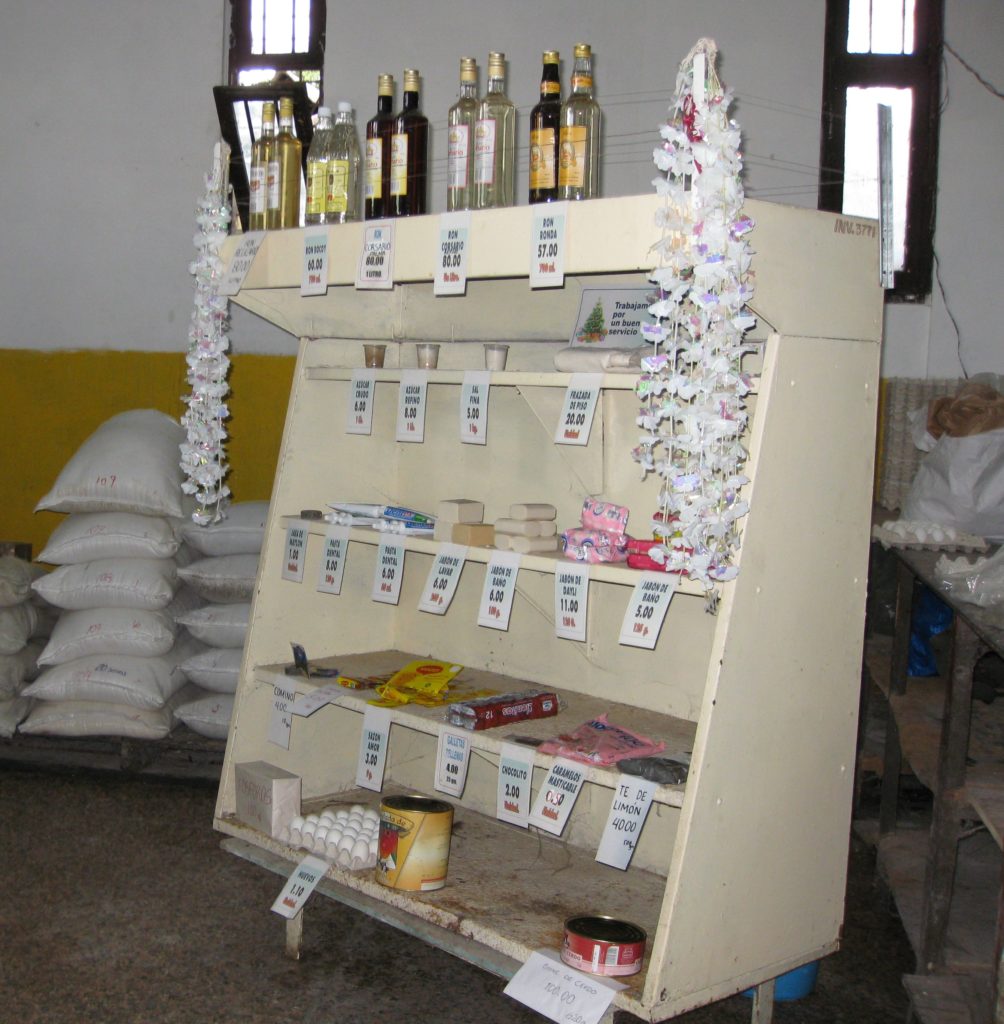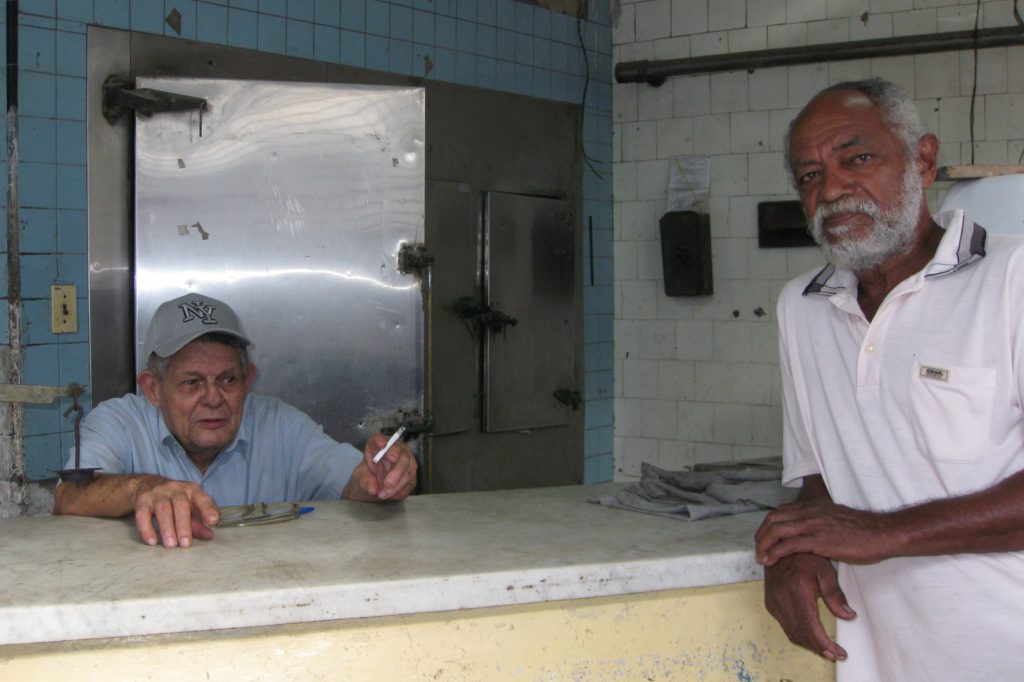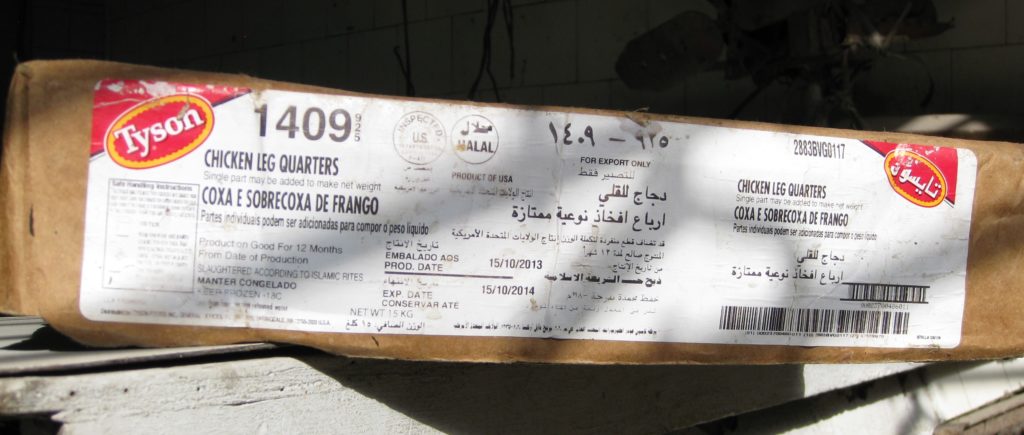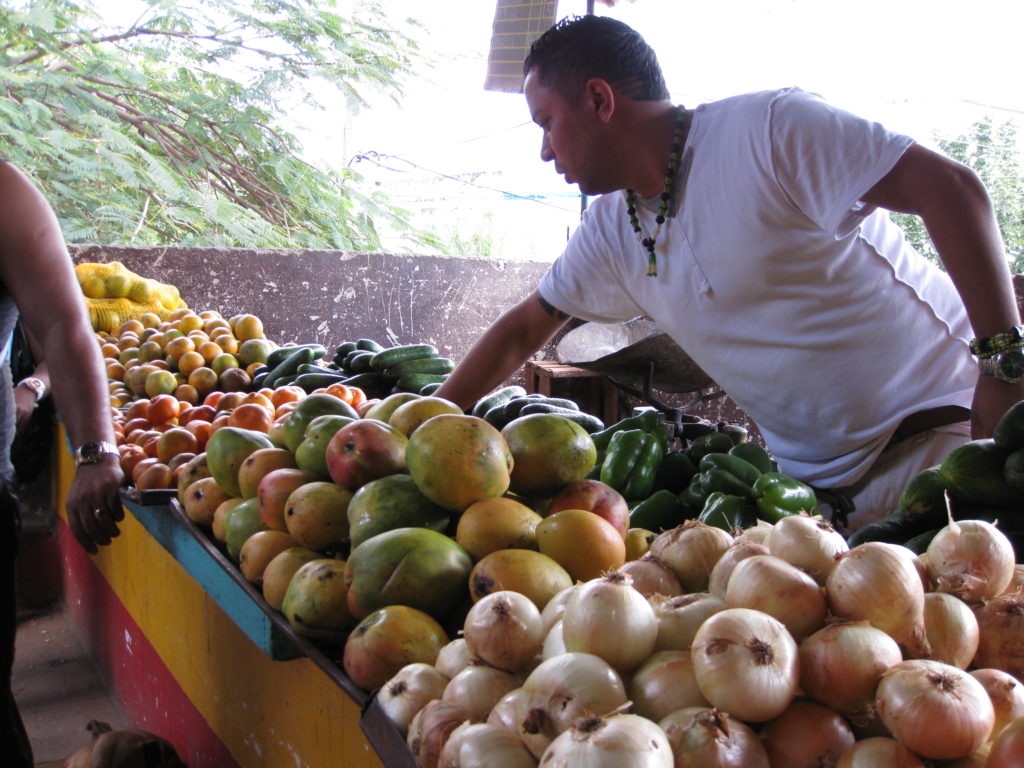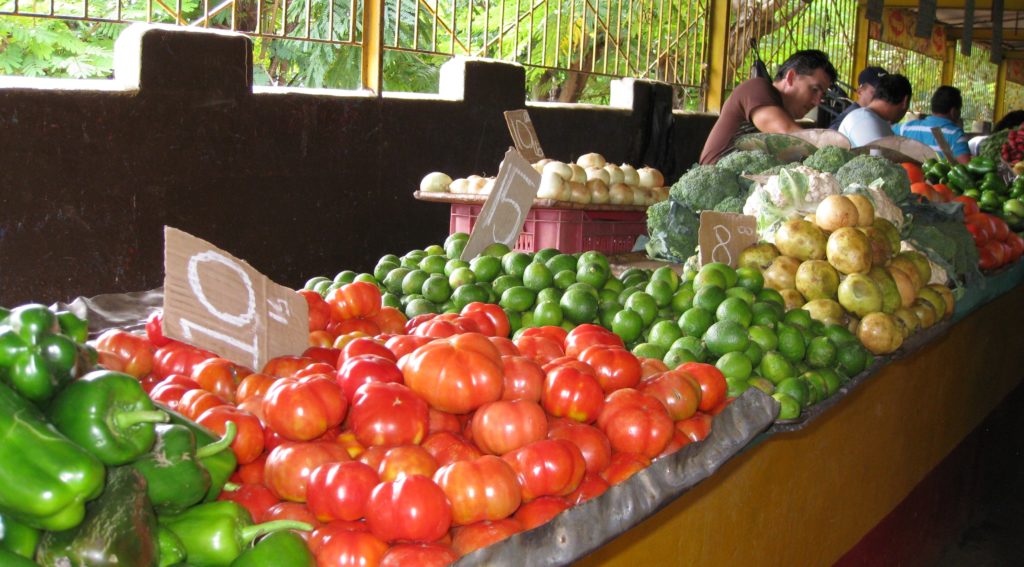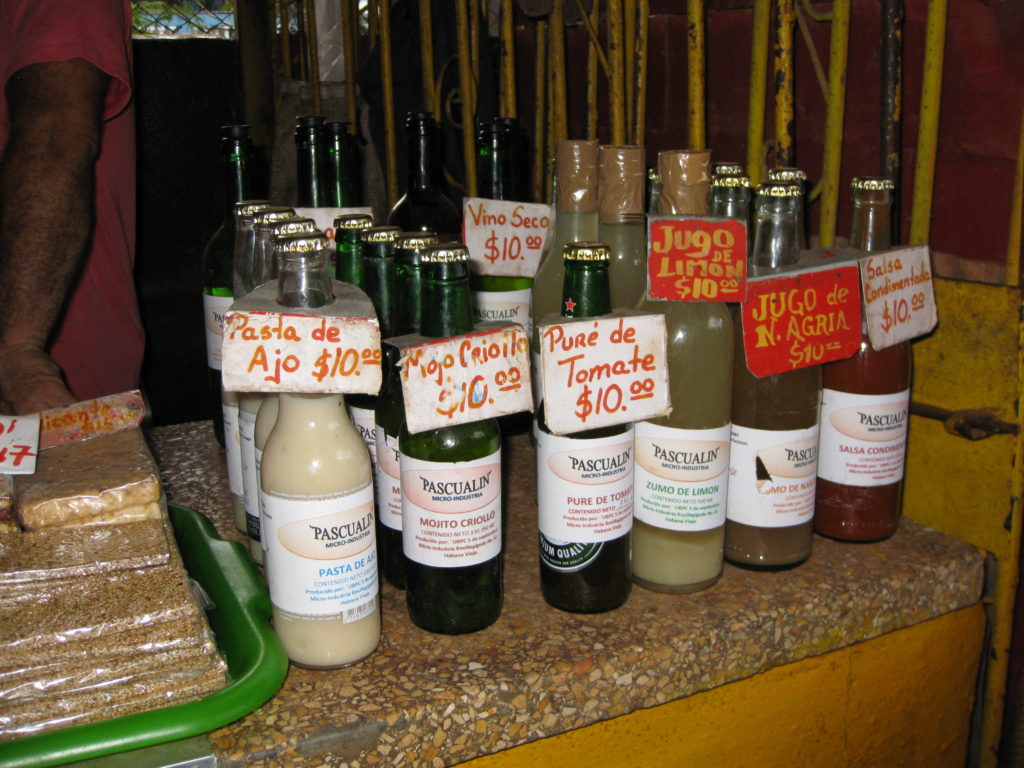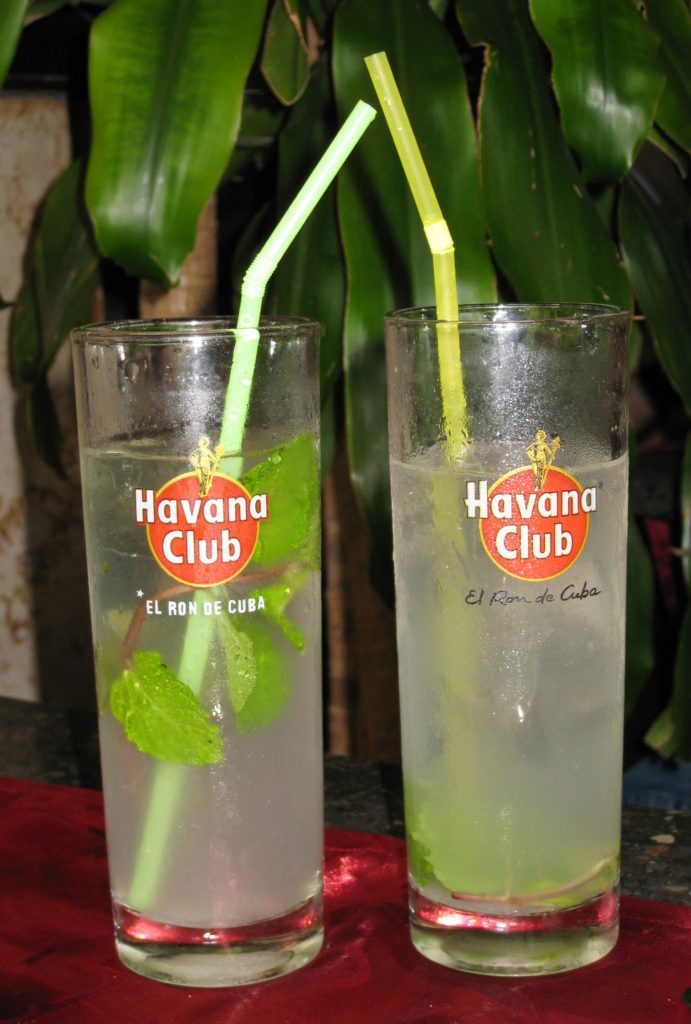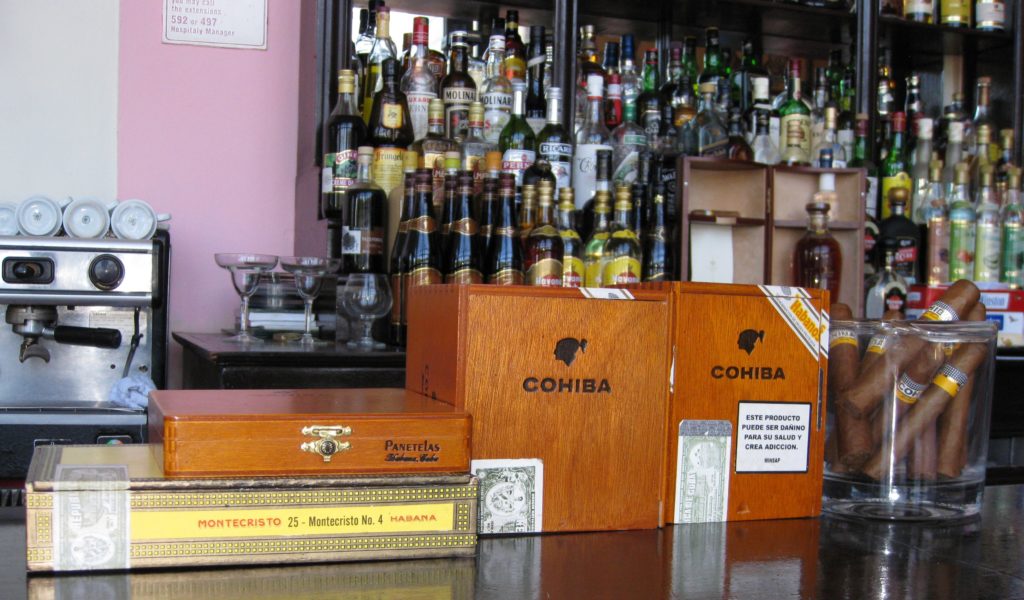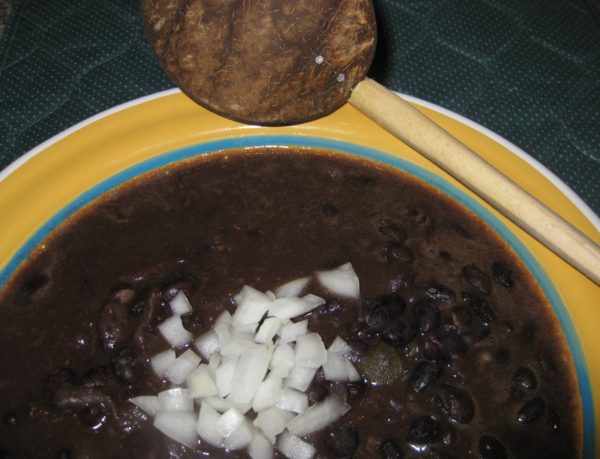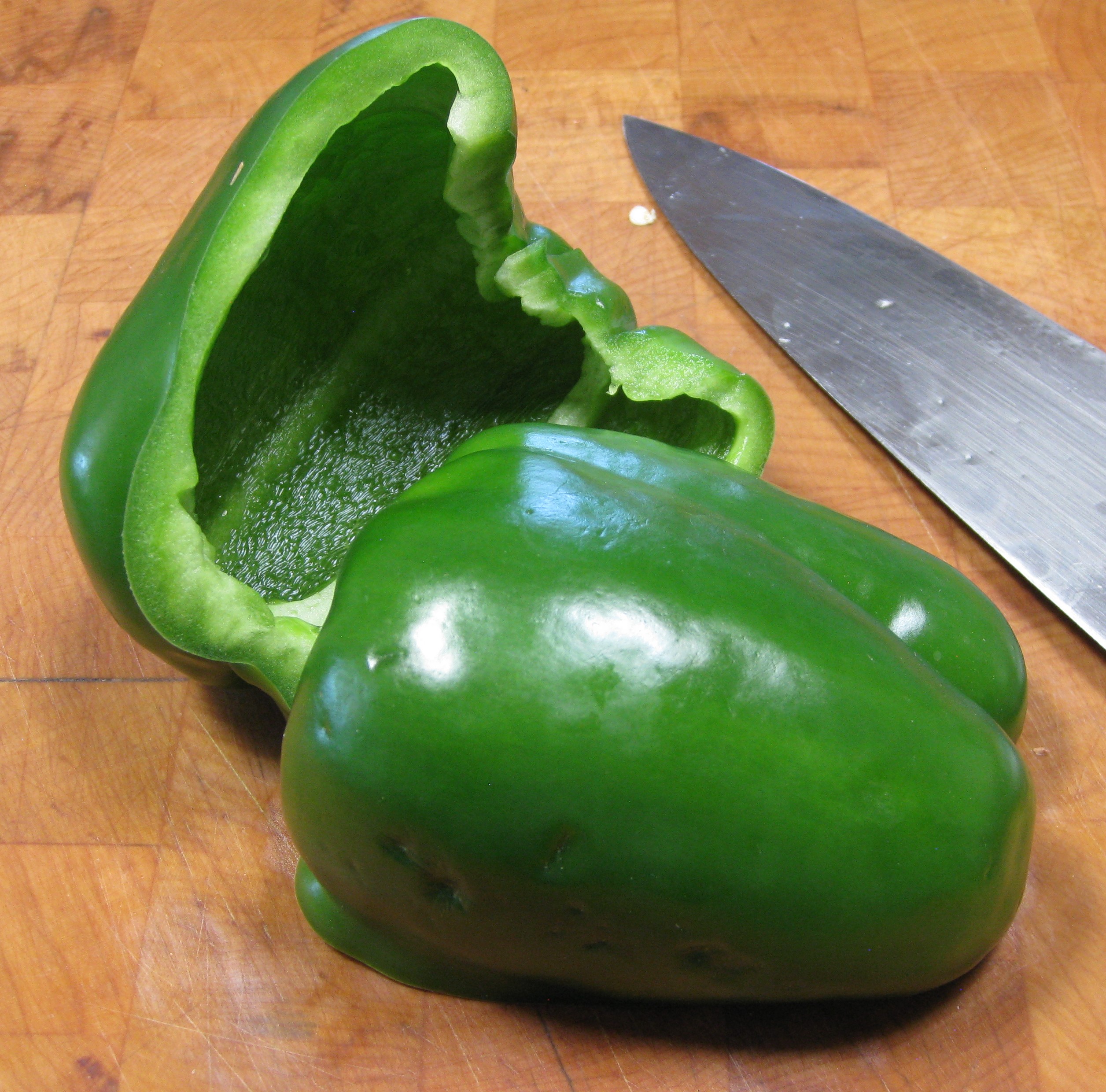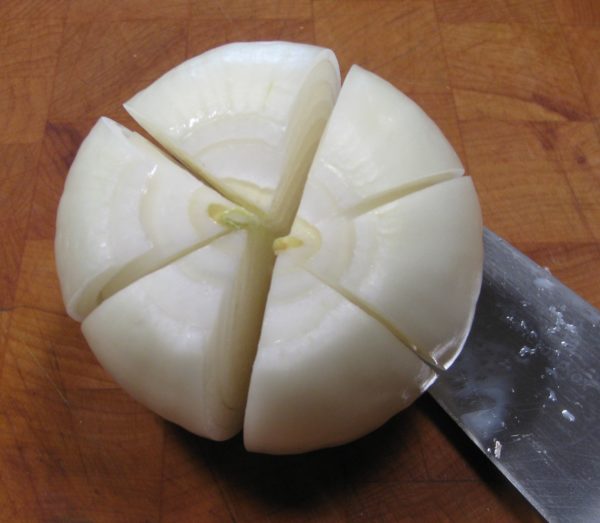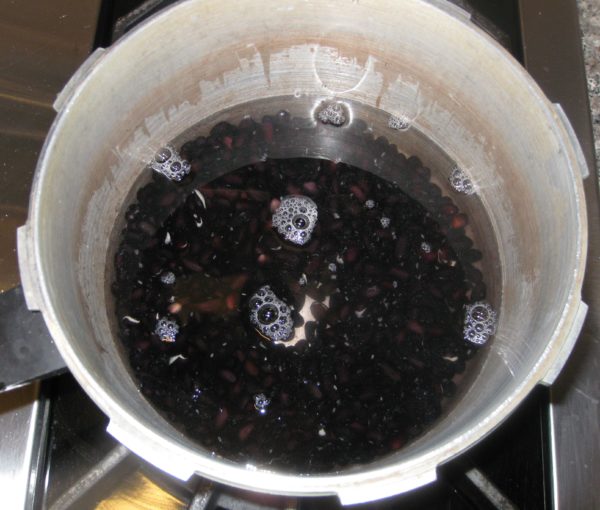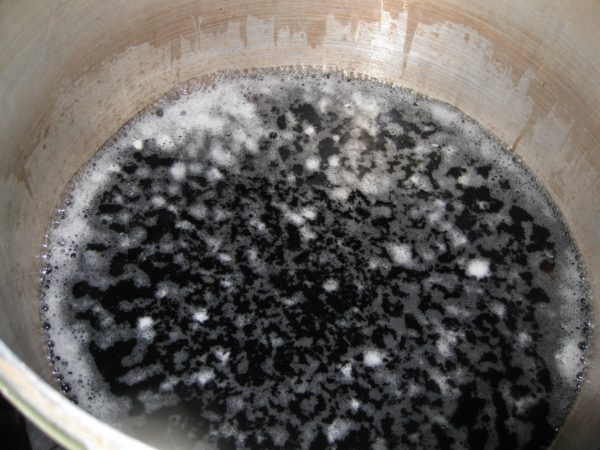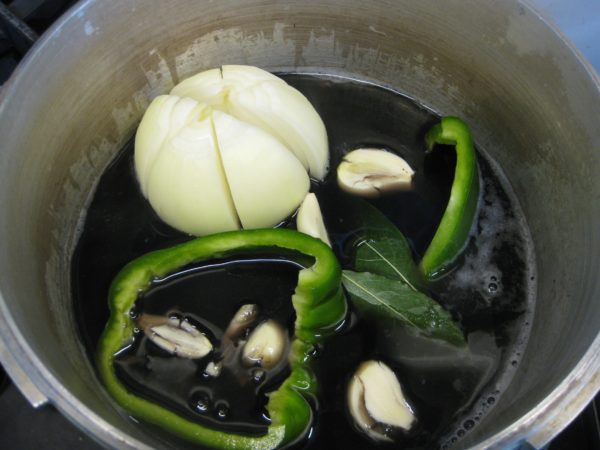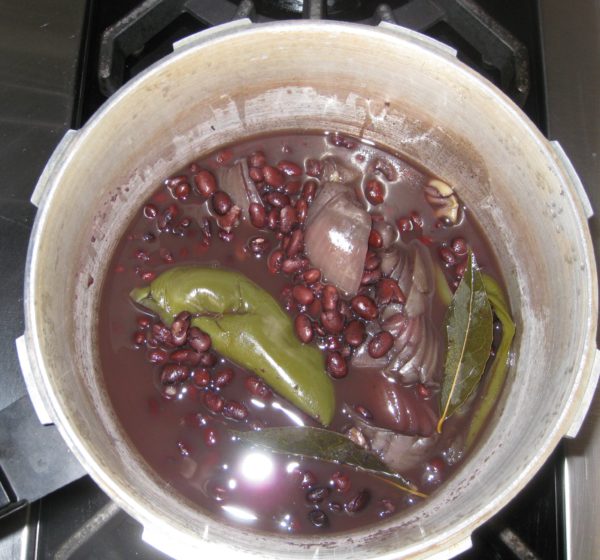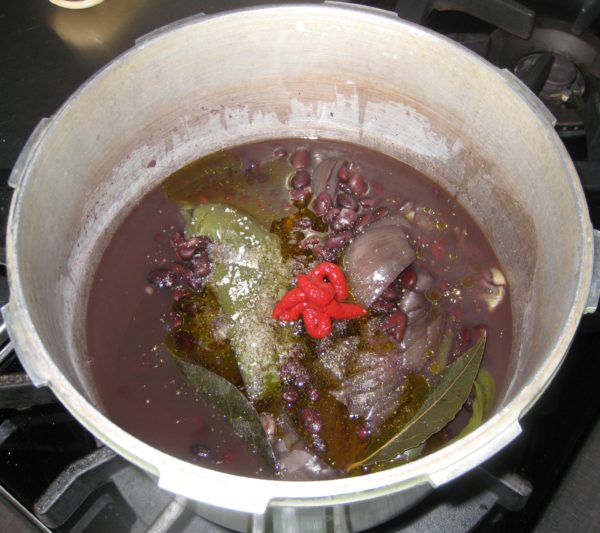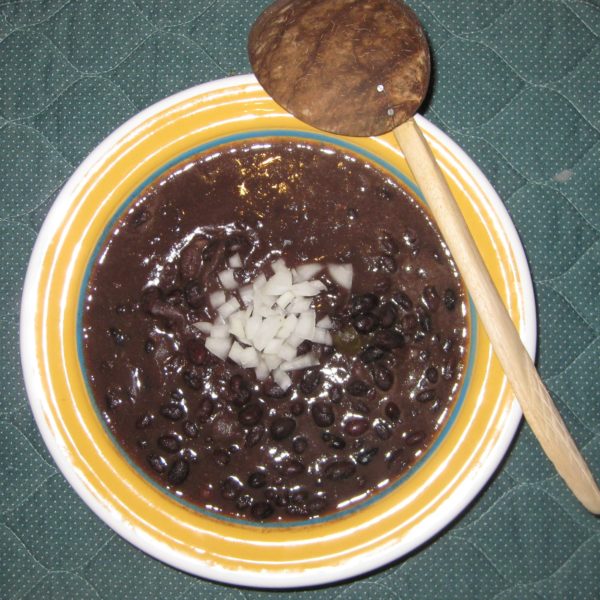December 29, 2017
I grew up in Johnstown, PA. The town was founded by a Swiss German immigrant, Joseph Schantz in 1800. Over the years, in various documents, recorders anglicized his last name, most commonly rendering it “Johns,” a name the family ultimately adopted. The name of the town was ultimately changed from Schantzstadt to Johnstown.

I can’t say there was much of a noticeable German influence when I was growing up in the 1950s to 1970s, except for one: New Year’s Day dinner.
Regardless of one’s ethnic background, the most common dinner on New Year’s Day was “Pork and Sauerkraut.” It was commonly acknowledged that this was a nod to Johnstown’s German heritage. And, much like black-eyed peas in the South, was viewed as a way to bring good luck to the coming year.
As you might expect, recipes for pork and sauerkraut vary. Sauerkraut and a large cut of pork are, obviously, essential. Sausages of some sort are common, as are dumplings.
Click HERE to join our mailing list and you’ll never miss a recipe again!
The recipe that I use is close to what my mother made except that I enhance the seasonings in the sauerkraut along more Germanic lines, with onion, carrot, apple, and juniper berries. My mother’s was more basic and similar to the way the Slovak side of my family prepared sauerkraut. My cousin Angie, of Italian heritage, added a brown gravy to hers, which also has Germanic roots.

Long and slow cooking is essential as much for pull-apart-tender pork as it is to mellow out the sauerkraut. Among Central and Eastern Europeans, sauerkraut tends to be cooked for several hours to tenderize it and tame its sour bite.
Kielbasa was a favorite sausage in our house and was always included in pork and sauerkraut. It was always locally made and never procured from large national meatpackers. Often times, other sausages, such as bockwurst or bratwurst, would also be added. But kielbasa was king in pork and sauerkraut and, in the sausage pantheon, second only to hot Italian sausage in our house.
Follow us on your social media platform of choice
The kielbasa that we ate on a regular basis was made from pork, or pork and beef, but venison kielbasa was common too. The first day of deer-hunting season was a public school holiday. You can imagine the importance of venison.
Some of the hunters would have their venison (or some of it, at least) turned into kielbasa, flavored with garlic and smoked. I remember on several occasions going with my father to have work done on the car in late December. The service station had a big platter of meats, cheeses, and pickles laid out for customers to nibble on. Among the offerings was venison kielbasa made from a deer that the owner of the service station had shot.
One of my resolutions for the new year is to find a small, artisanal purveyor of kielbasa that’s as good as what I remember from childhood.
If you have a favorite family recipe and a bit of a story to tell, please email me at santafecook@villasentieri.com and we can discuss including it in the blog. I am expanding the scope of my blog to include traditional recipes from around the country and around the world. If you haven’t seen the post on Melinda’s Drunken Prunes, it will give you an idea of what I’m looking for.
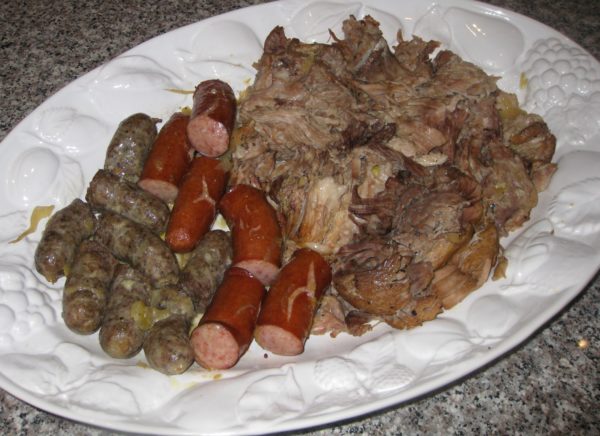
| Prep Time | 20 m |
| Cook Time | 6 1/2 hours |
| Servings |
people
|
- 5 pound bone-in pork roast such as a shoulder or Boston Butt
- 4-5 cloves garlic
- 1/4 cup oil
- 1 cup white wine
- 2 onions
- 4 tablespoons butter or bacon fat or a combination
- 1 carrot
- 1 apple
- 2 pounds sauerkraut preferably refrigerated
- 1 tablespoon juniper berries
- 1 1/2 teaspoons caraway seeds
- 1 bay leaf
- 5 cups water
- 1 pound kielbasa
- 1 pound pork or pork-beef sausage of your choice such as bratwurst, bockwurst, and so forth
- salt to taste
- black pepper freshly ground to taste
Ingredients
|

|
- Cut the cloves of garlic, top to bottom, into approximately 4-6 slivers each.
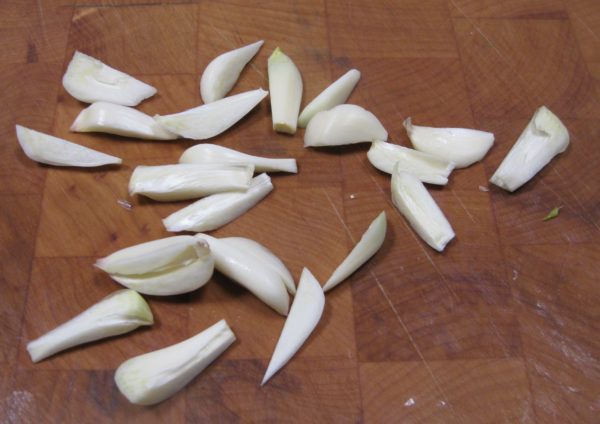
- Pierce the pork around the outside about 1 inch deep with the tip of a sharp knife.
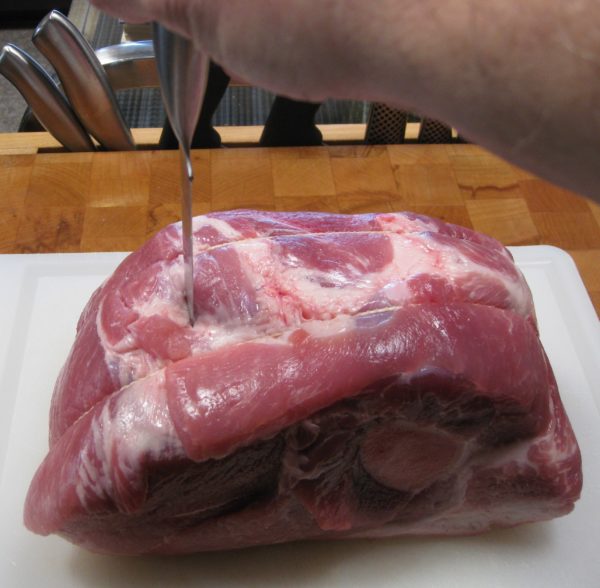
- Insert slivers of garlic into the slits
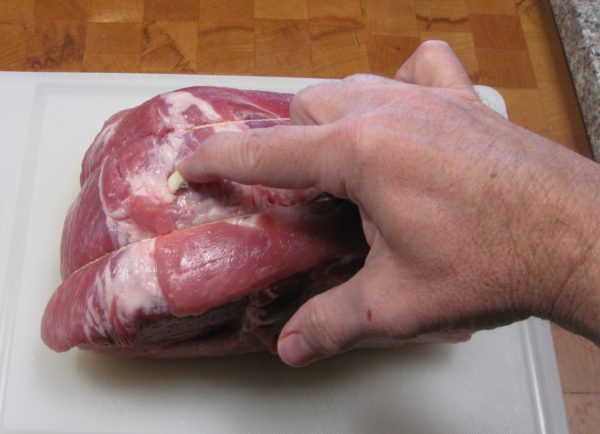
- Season the pork generously with salt and pepper.
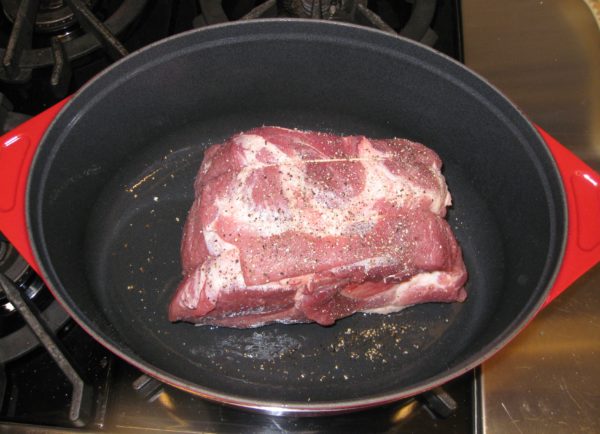
- Brown the pork in a heavy Dutch oven using the oil.
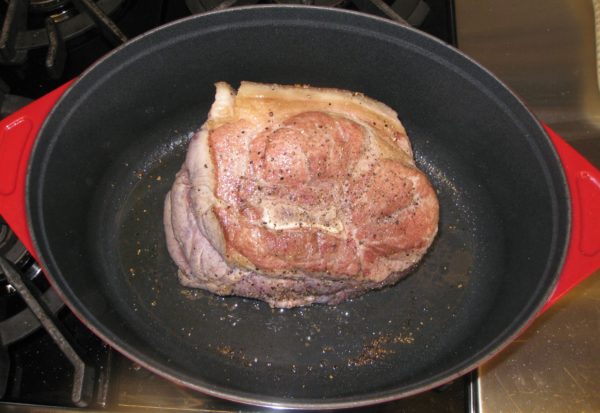
- Add white wine, cover tightly, and transfer to oven at 350°F.
- After one hour, reduce heat to 225°F.
- Slice the onions in half top-to-bottom then cut crosswise into thin slices.
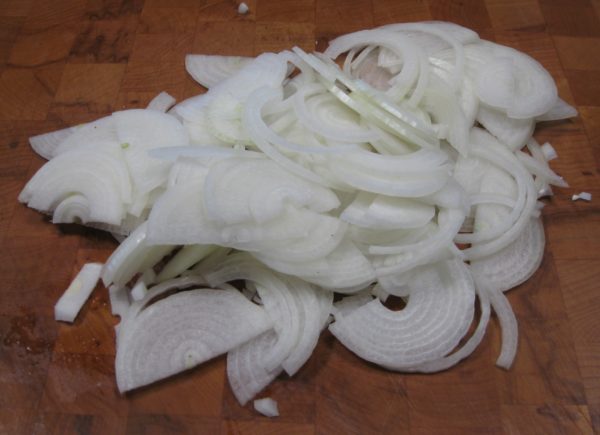
- Shred the carrot on the tear-drop side of a box grater.
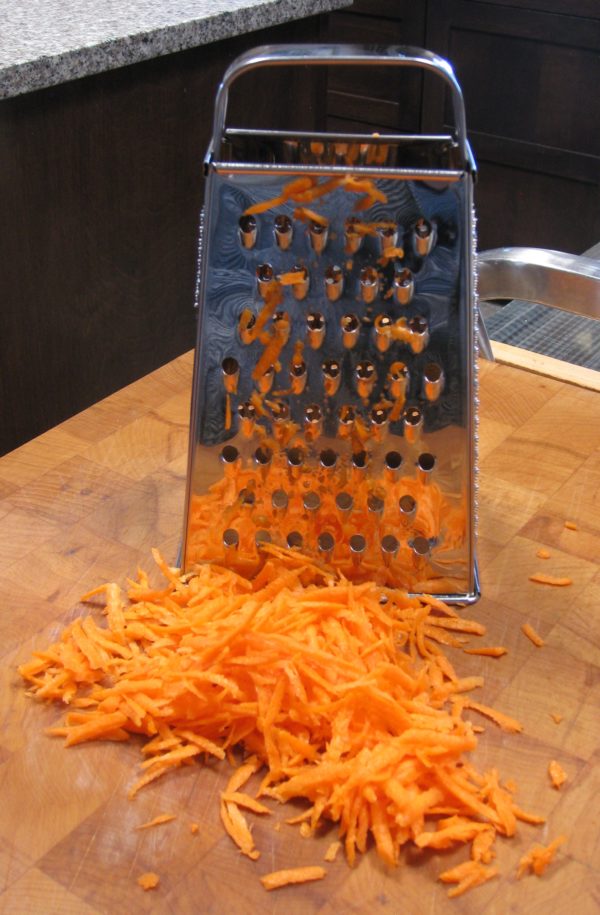
- Cut the apple into small dice.
- After the pork has been cooking for a total of about 3 hours, drain and rinse the sauerkraut.
- Slowly sauté the onion in the butter or bacon fat until caramelized, approximately 20 minutes.
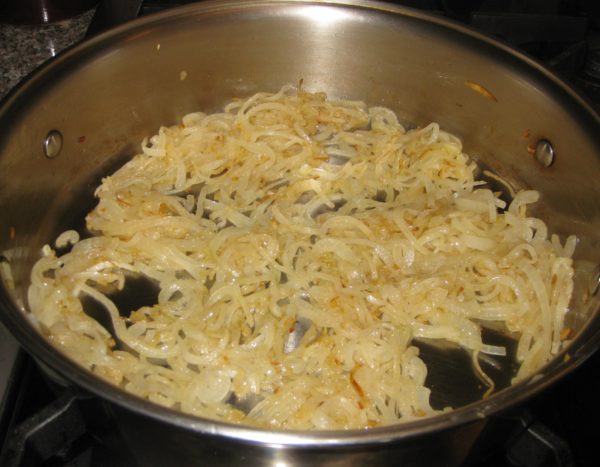
- Add the shredded carrot and diced apple and sauté until heated through.
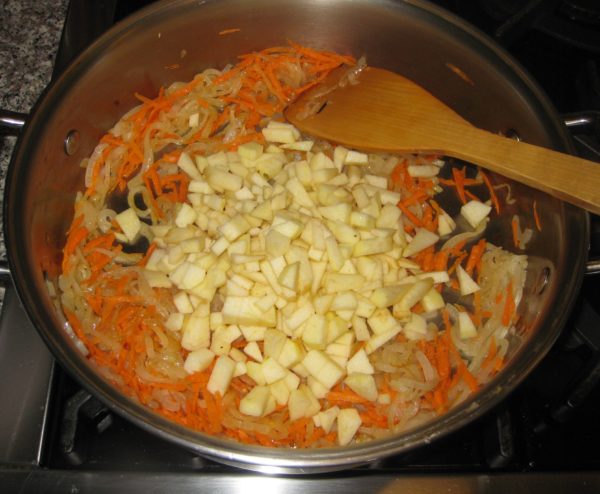
- Add sauerkraut, juniper berries, caraway seeds, bay leaf, and black pepper to taste.
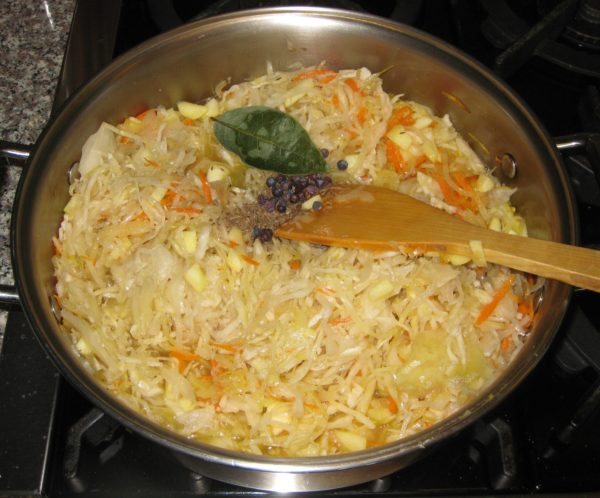
- Add water and bring to a boil.
- Add the boiling sauerkraut to the pork after the pork has cooked for a total of four hours (1 hour at 350°F plus 3 hours at 225°F).
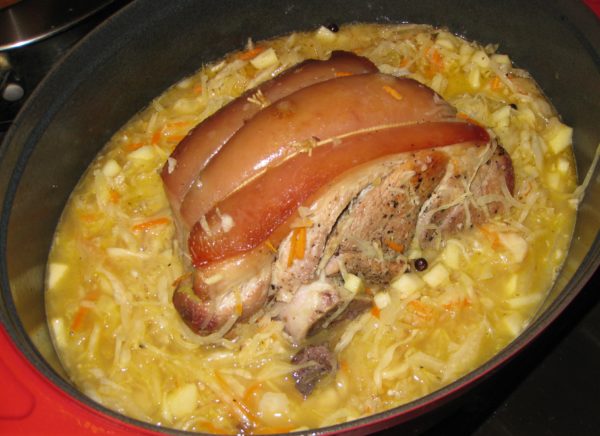
- An hour later nestle the kielbasa and other sausage into the sauerkraut.
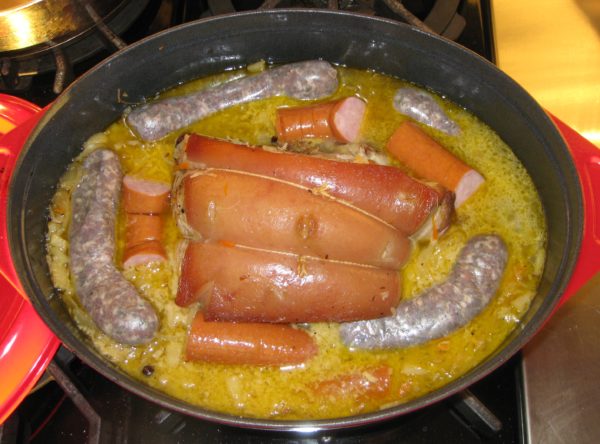
- Continue to cook, covered, until the pork is fall-off-the-bone tender. Approximately 1-2 more hours.
- Remove the pork and sausages.
- Skim fat from the top of the sauerkraut.
- Put the Dutch oven on the stove and cook dumplings on top of the sauerkraut if desired.
- Meanwhile, pull the pork into big chunks. Keep the pork and sausages warm.

- Serve the sauerkraut in a separate bowl, or use it to surround the pork and sausages.
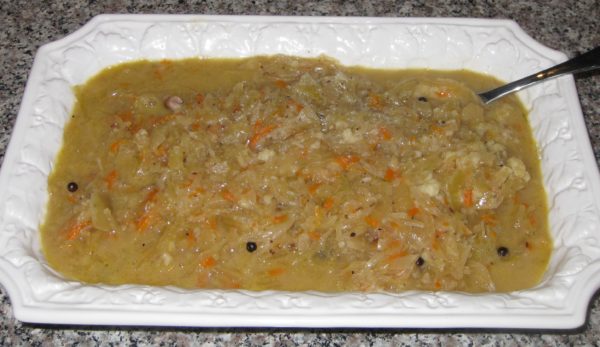
This is where you can find my recipe for dumplings.
Copyright © 2017 by VillaSentieri.com. All rights reserved.

